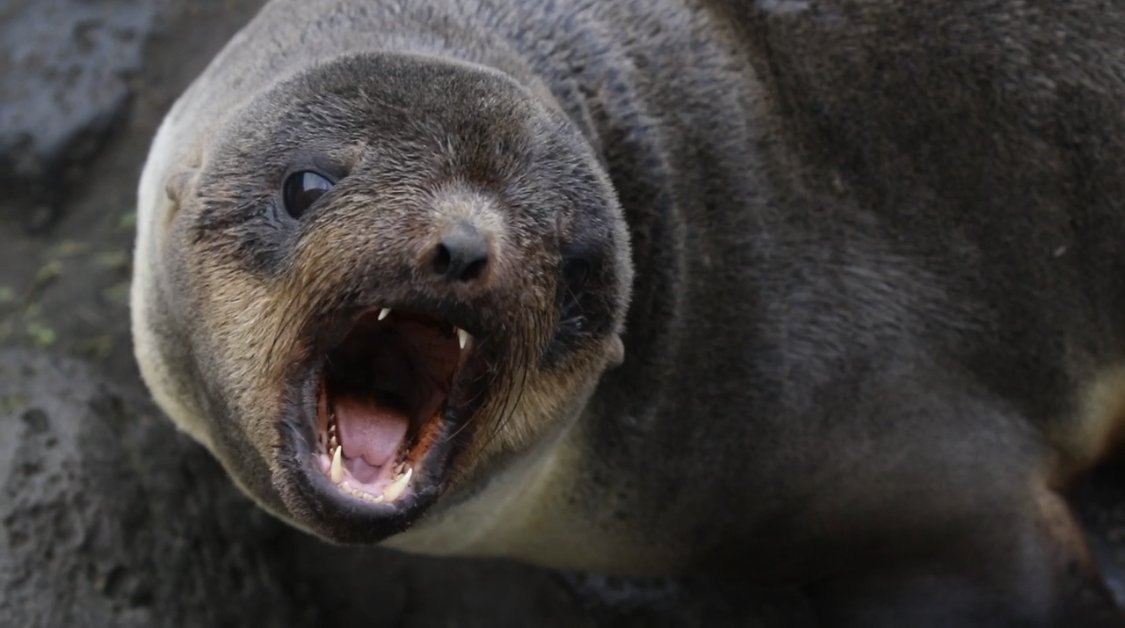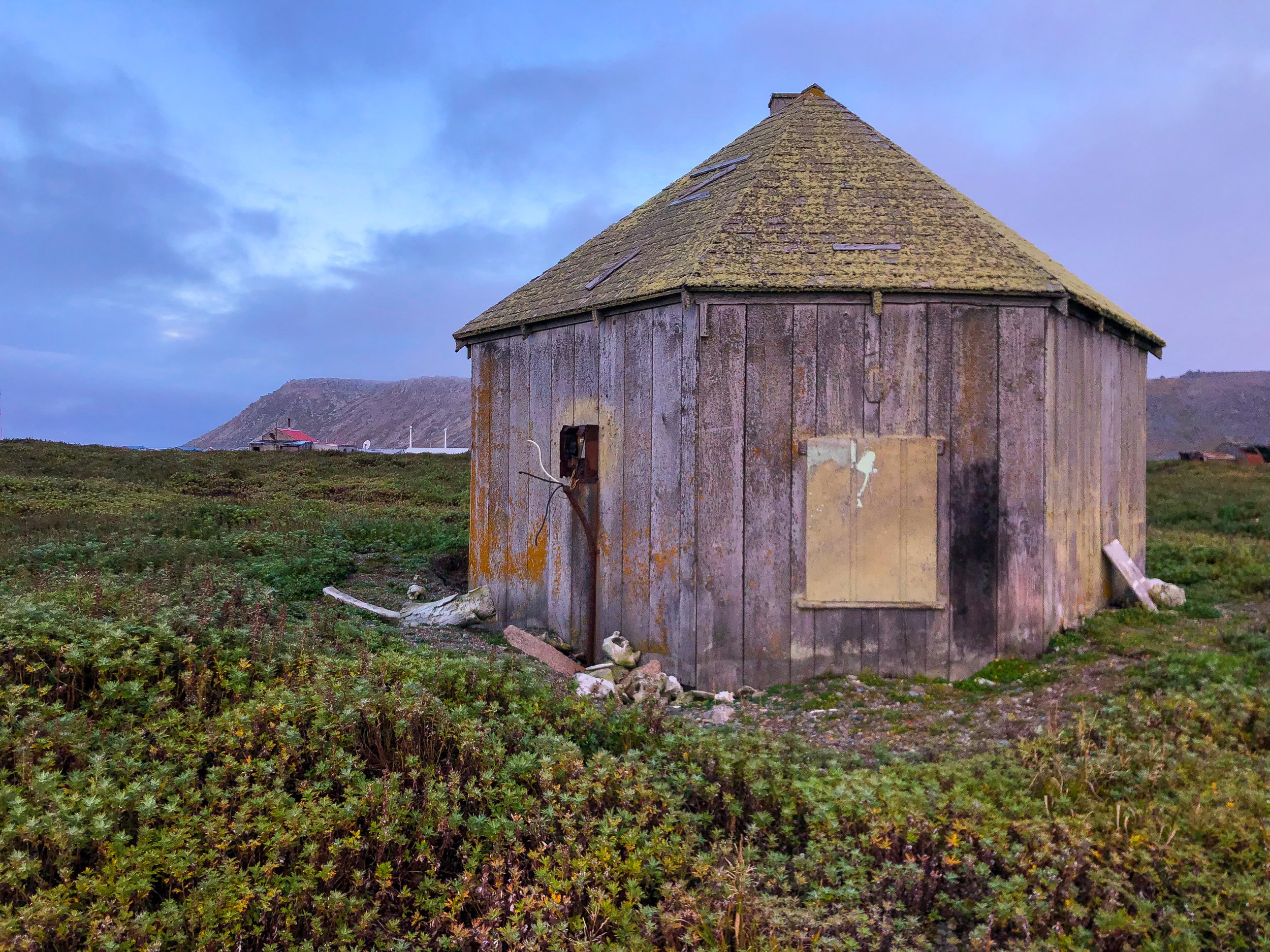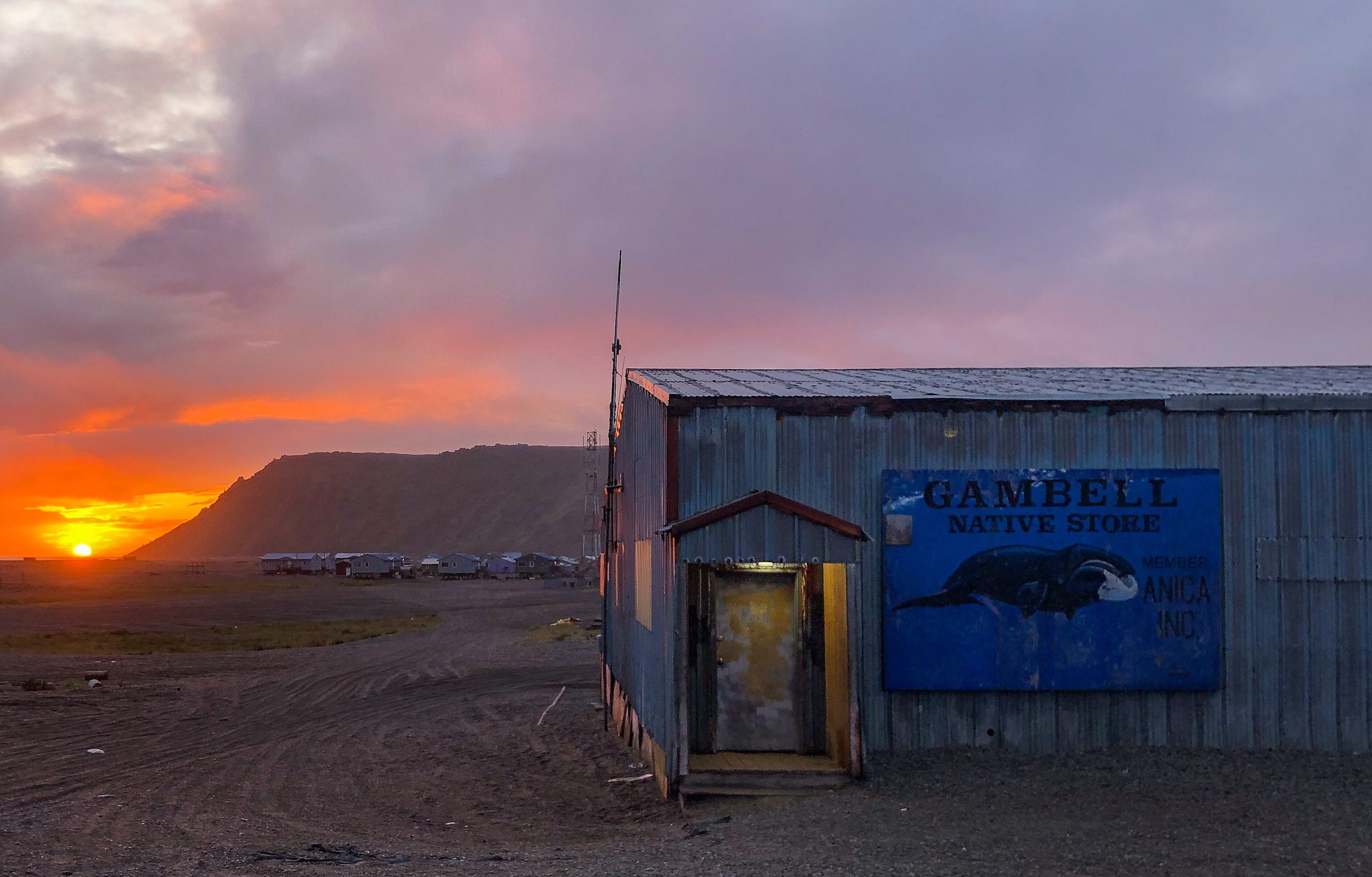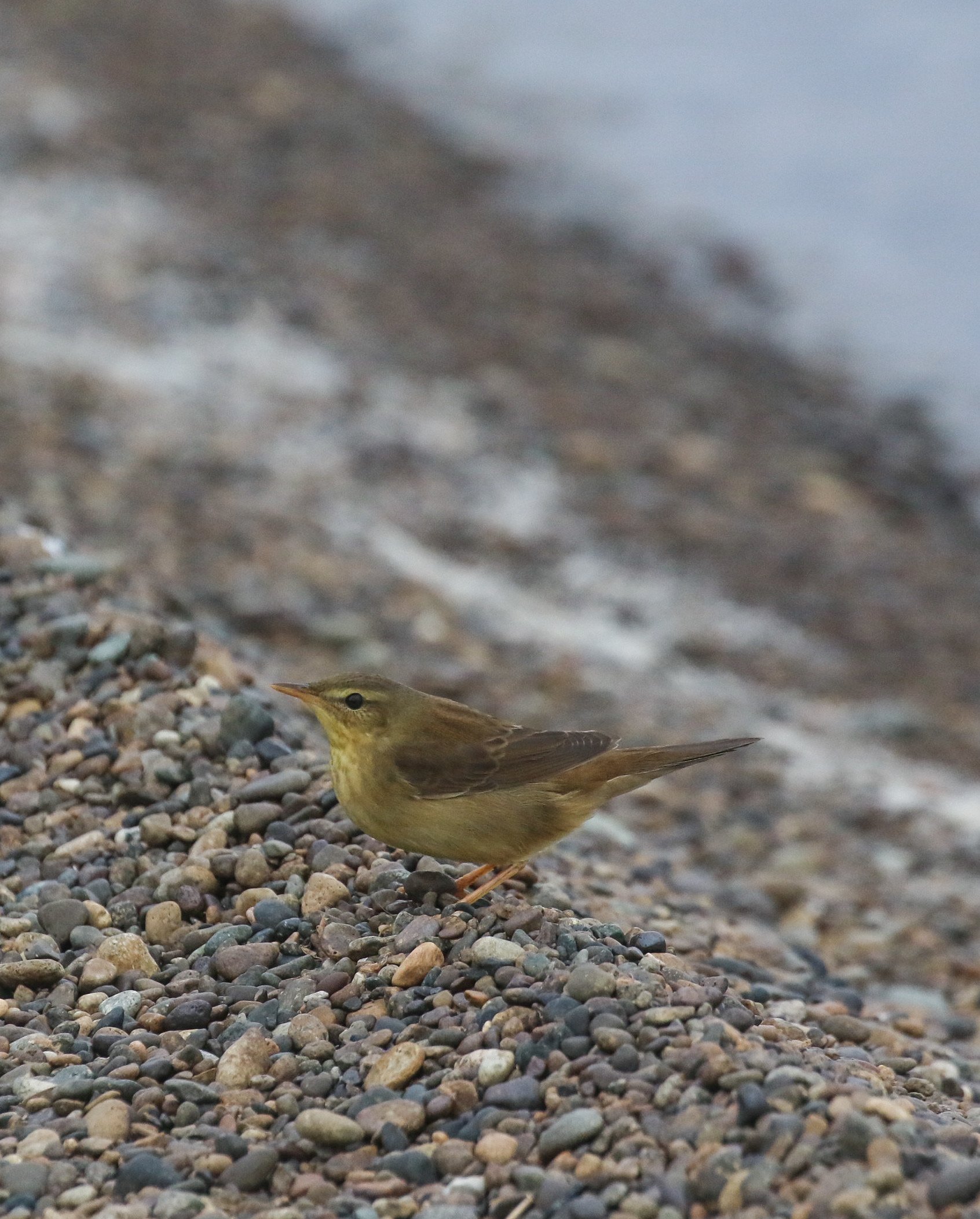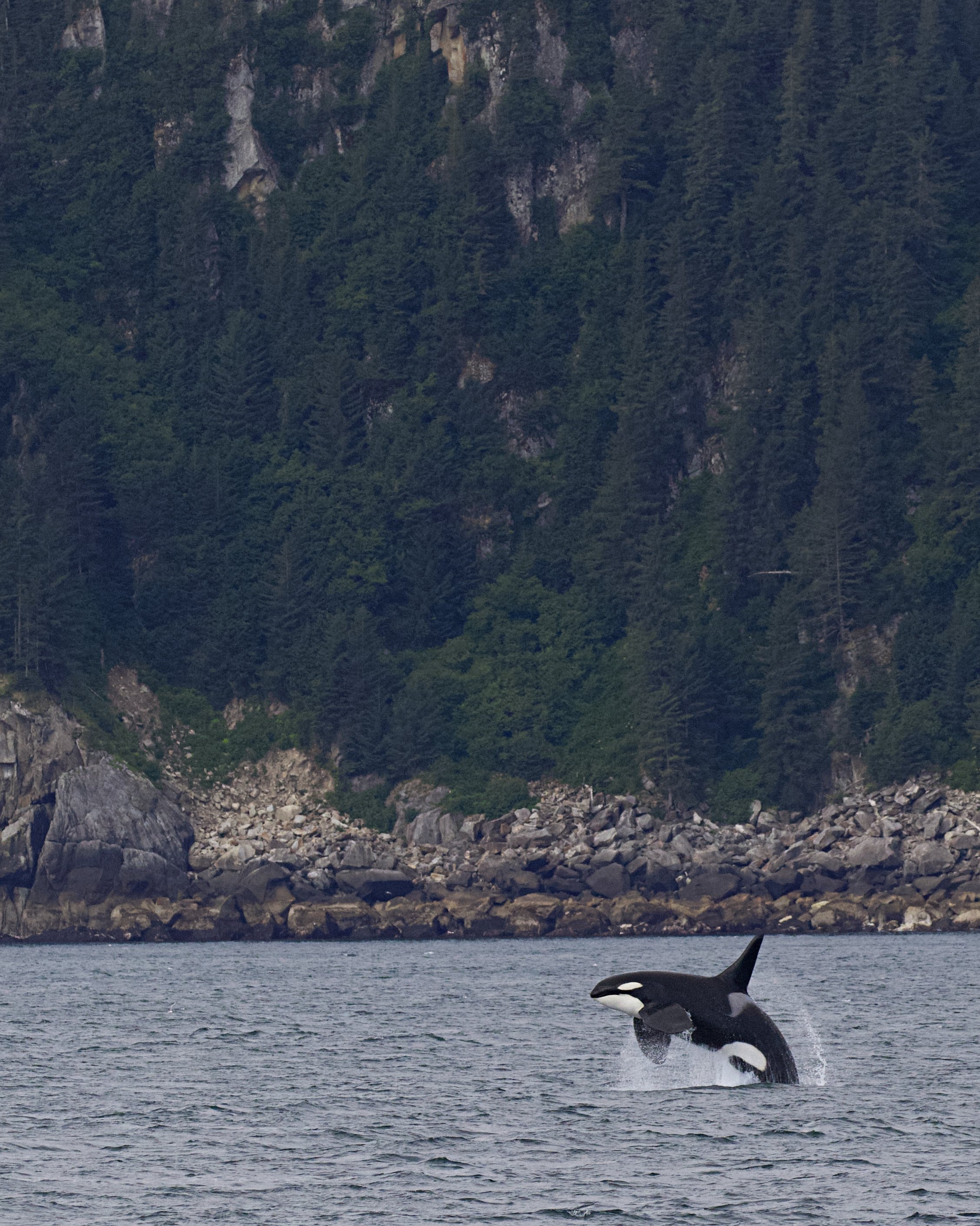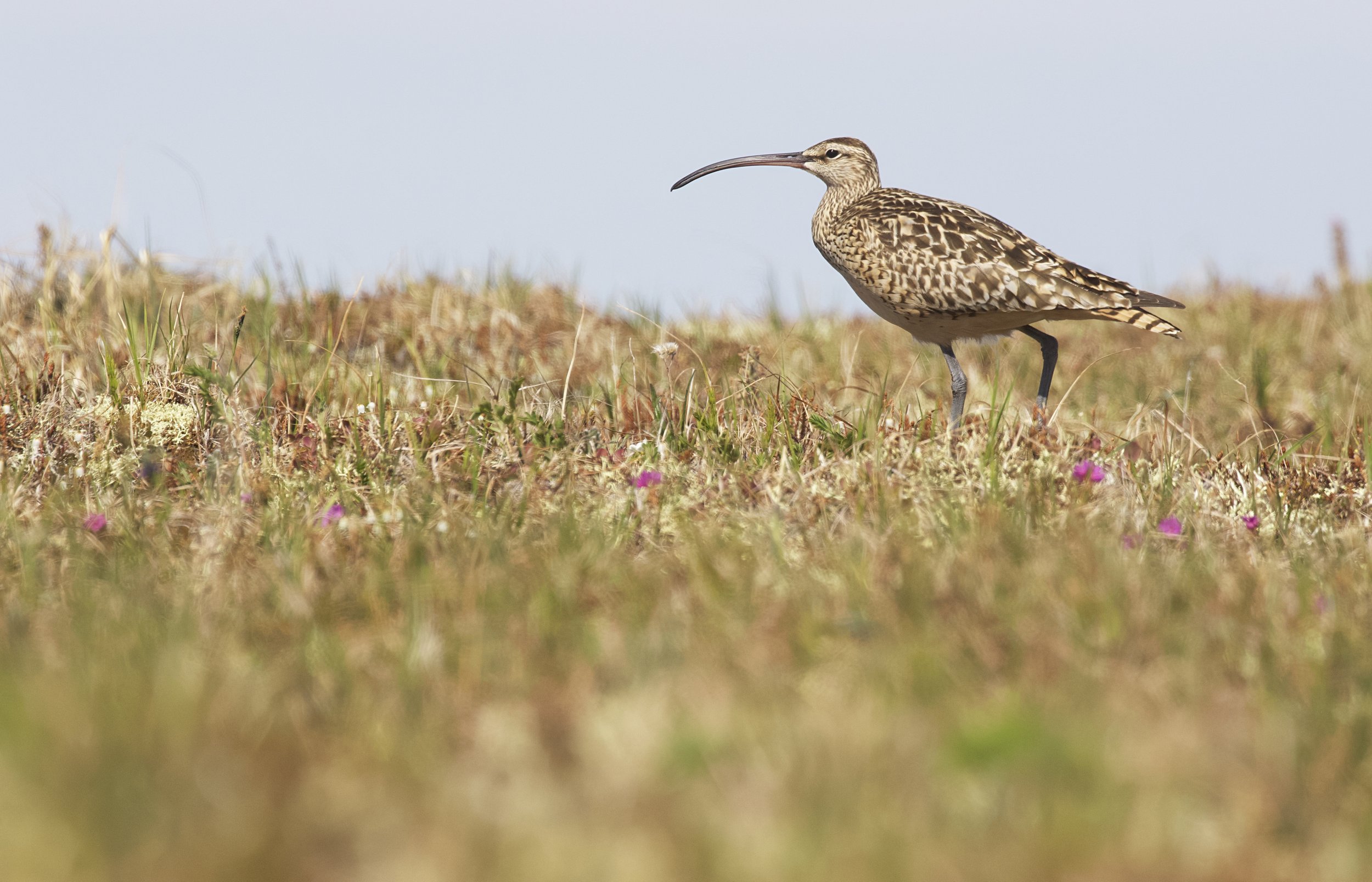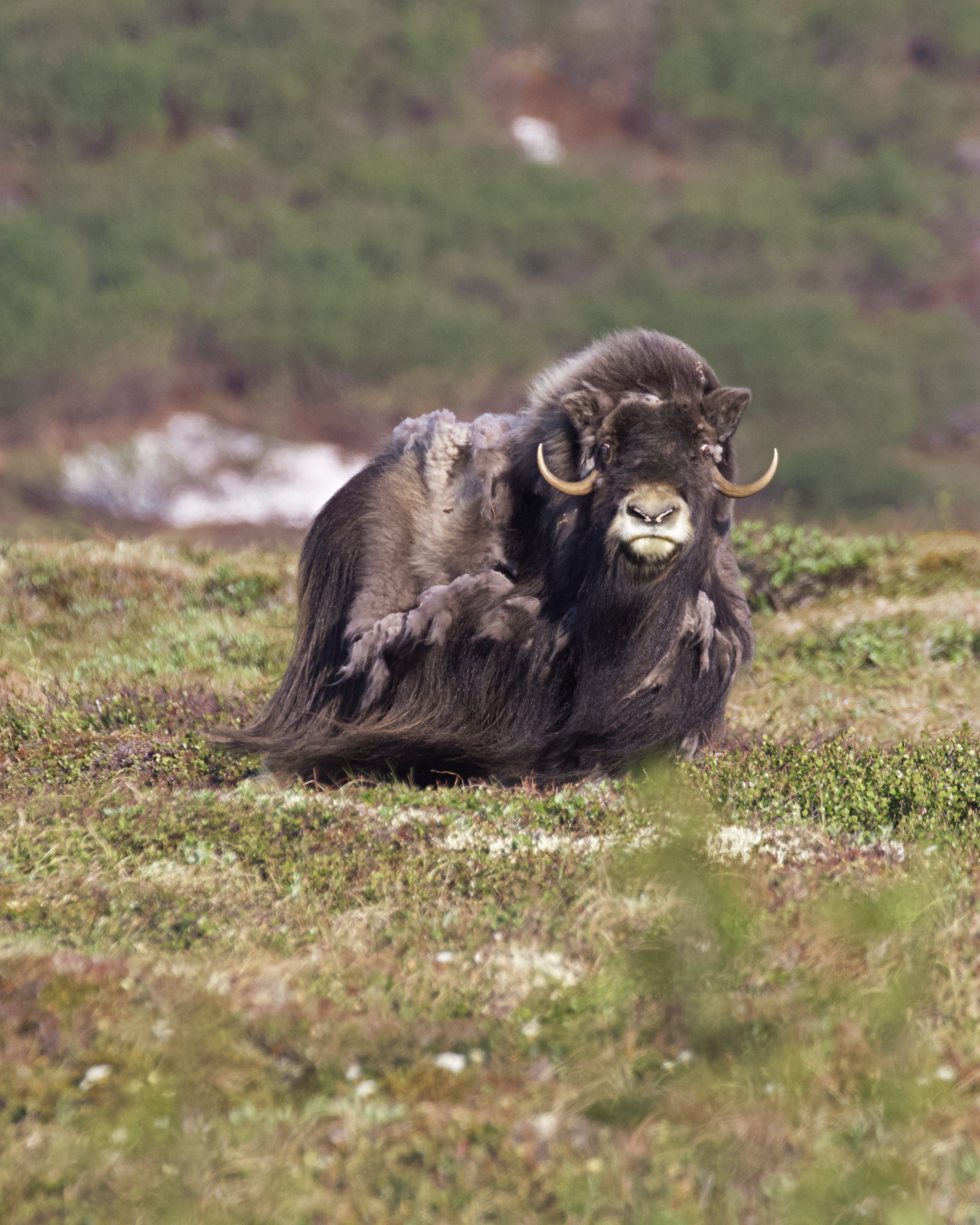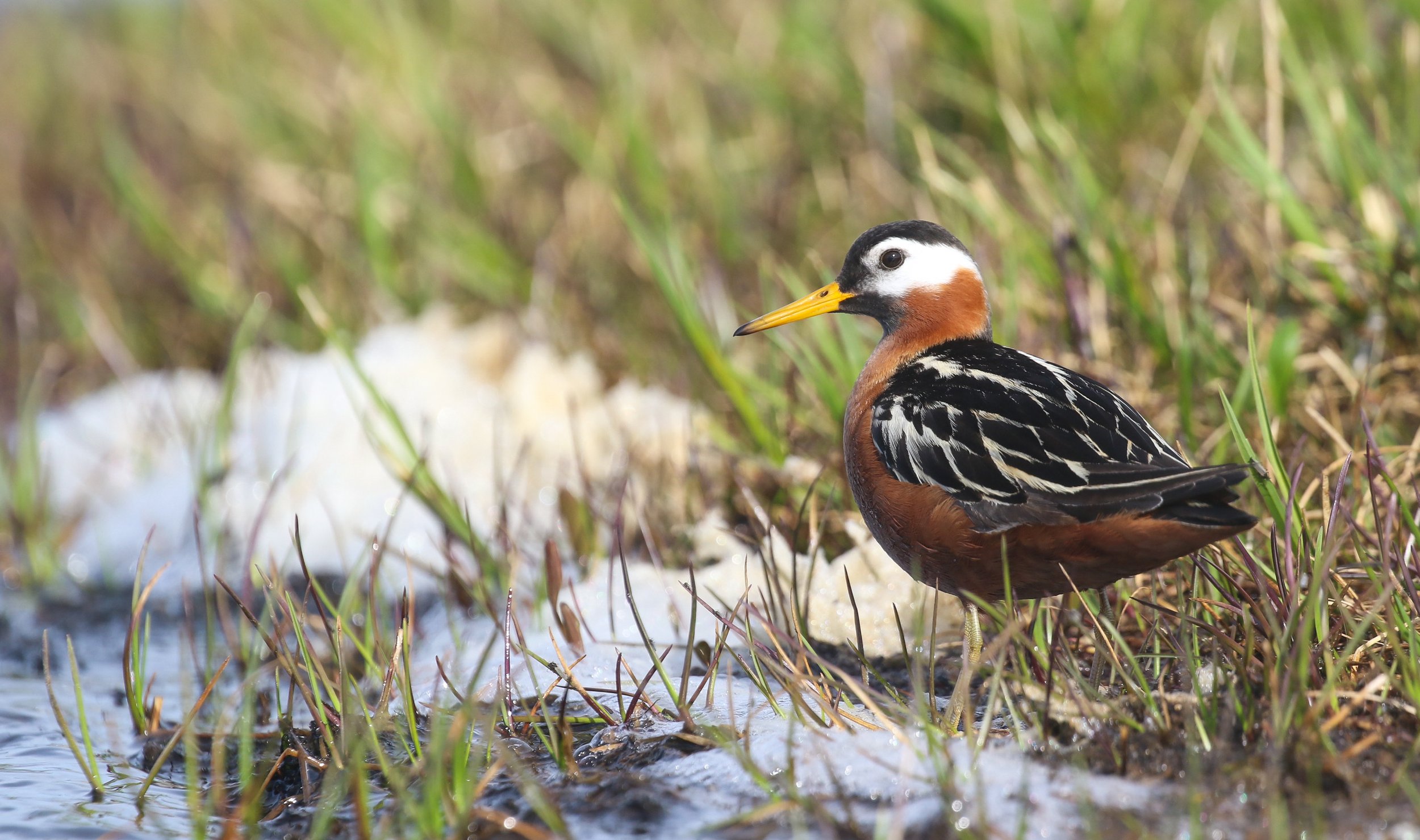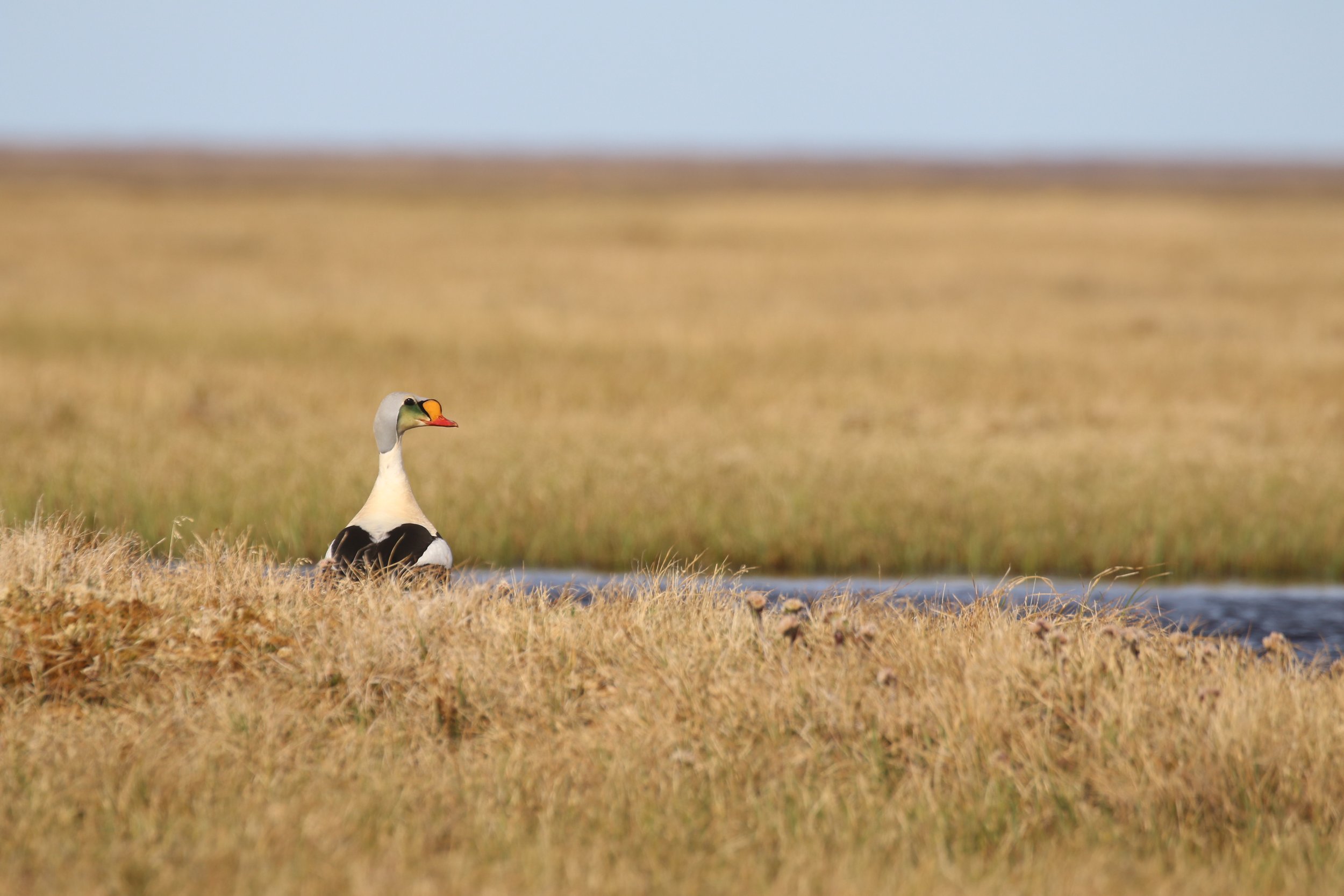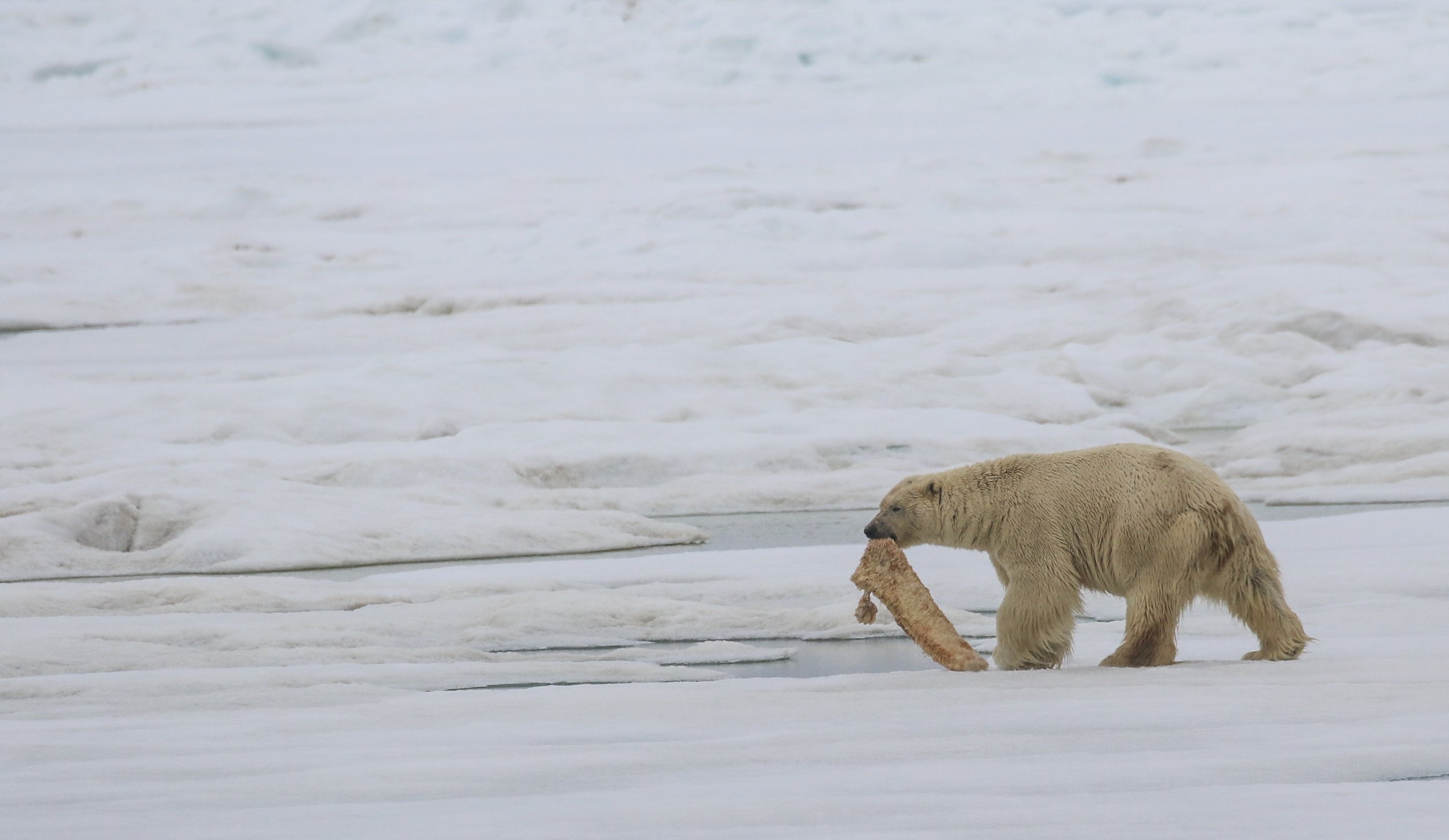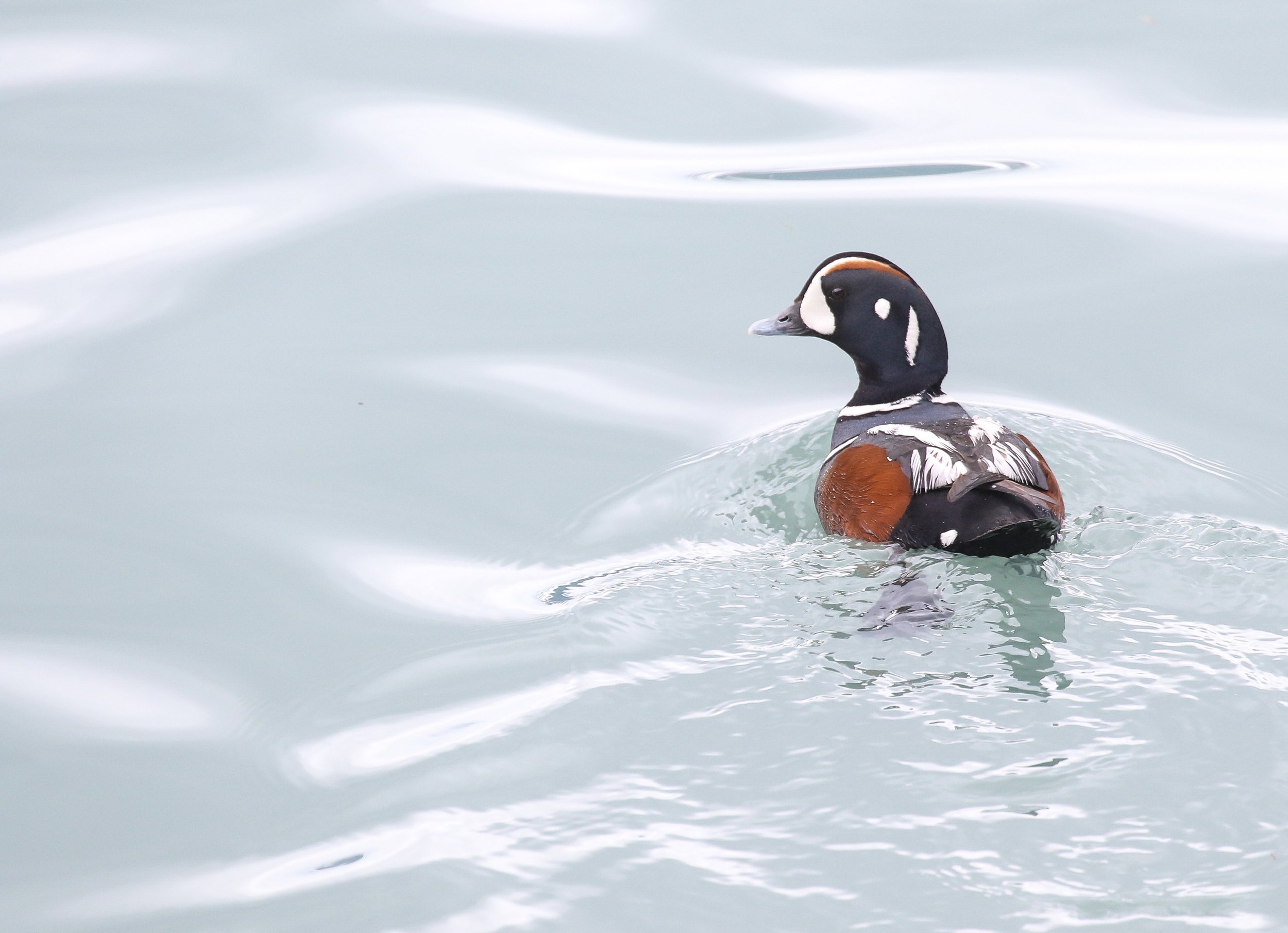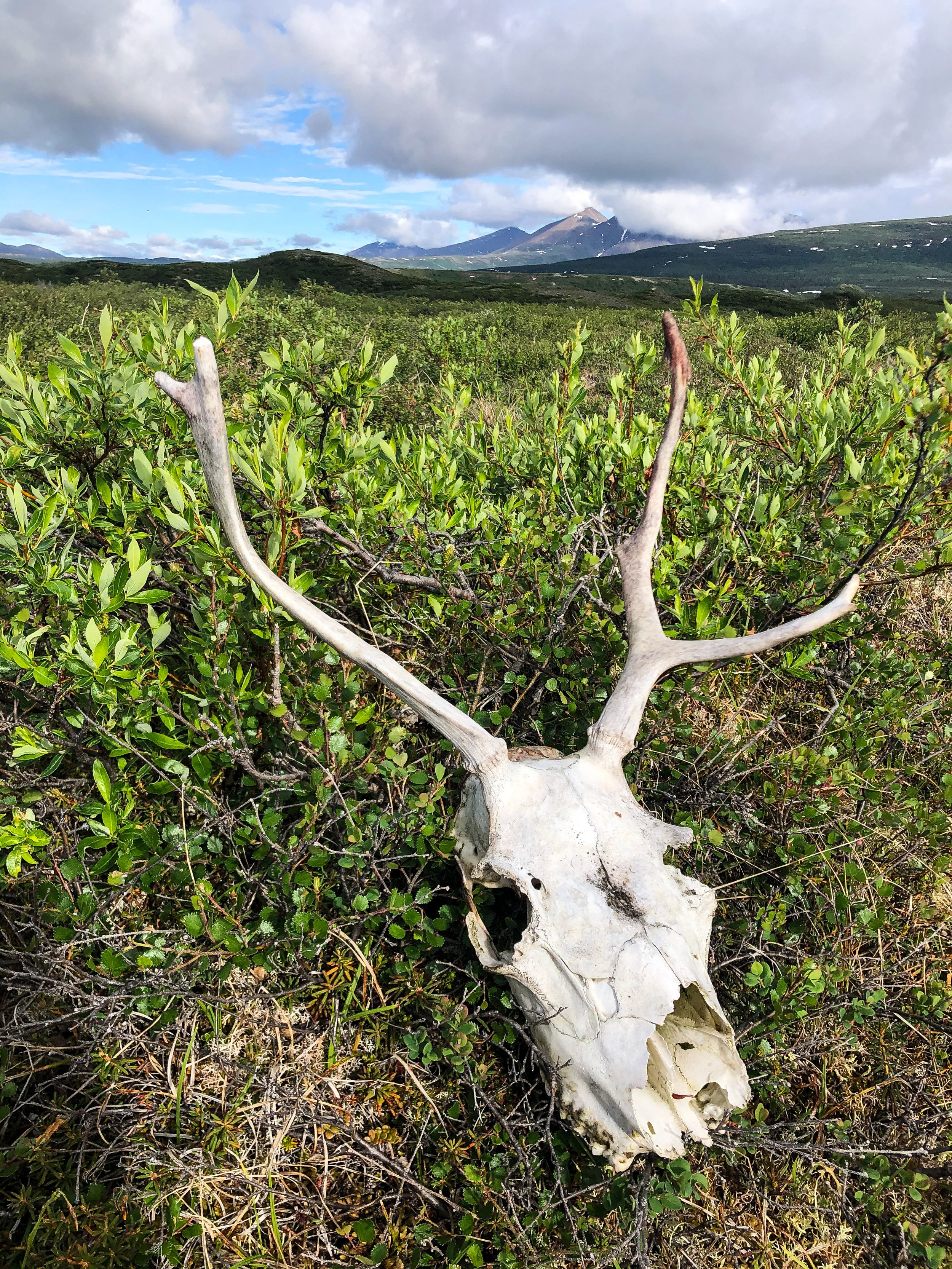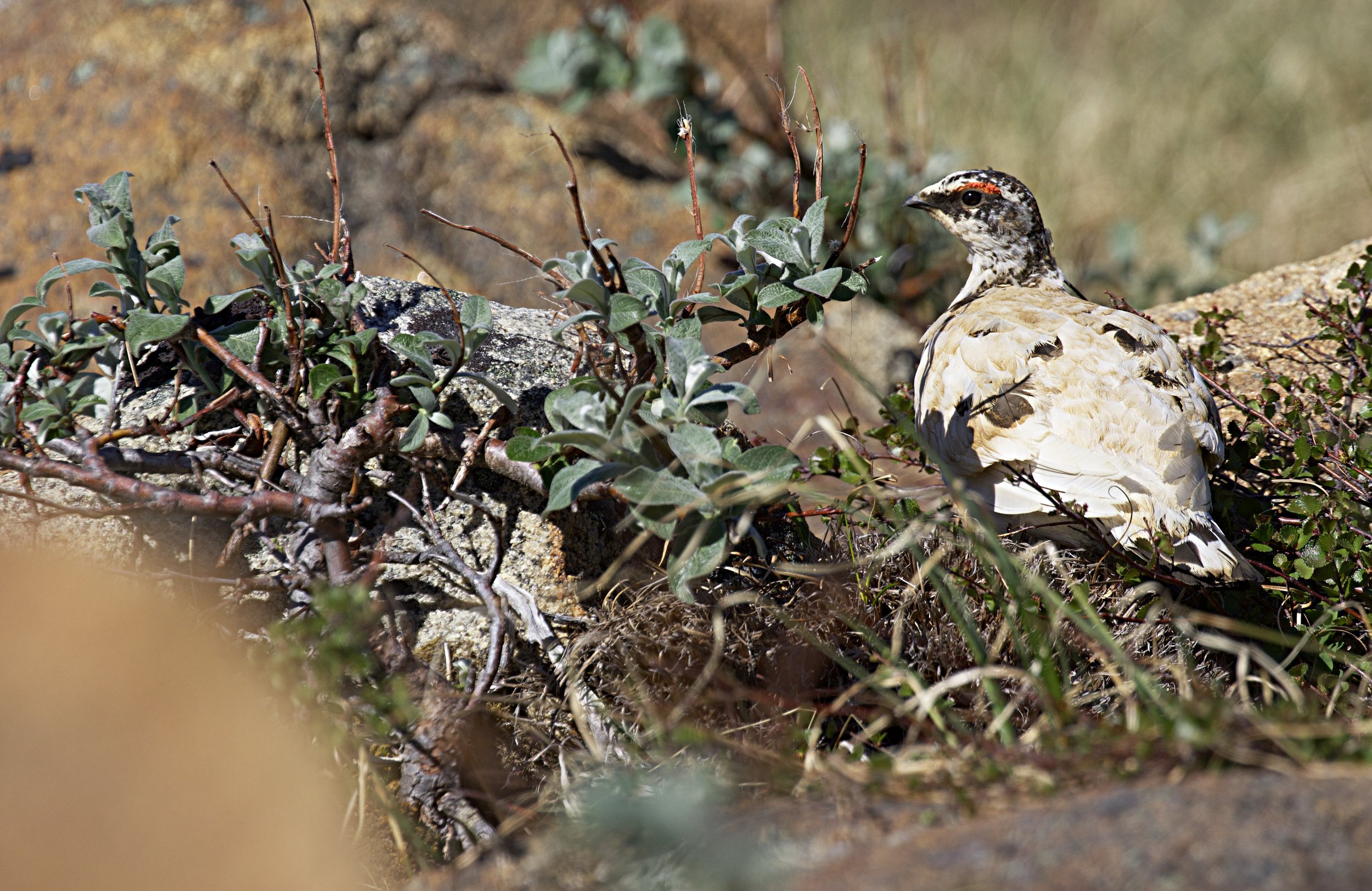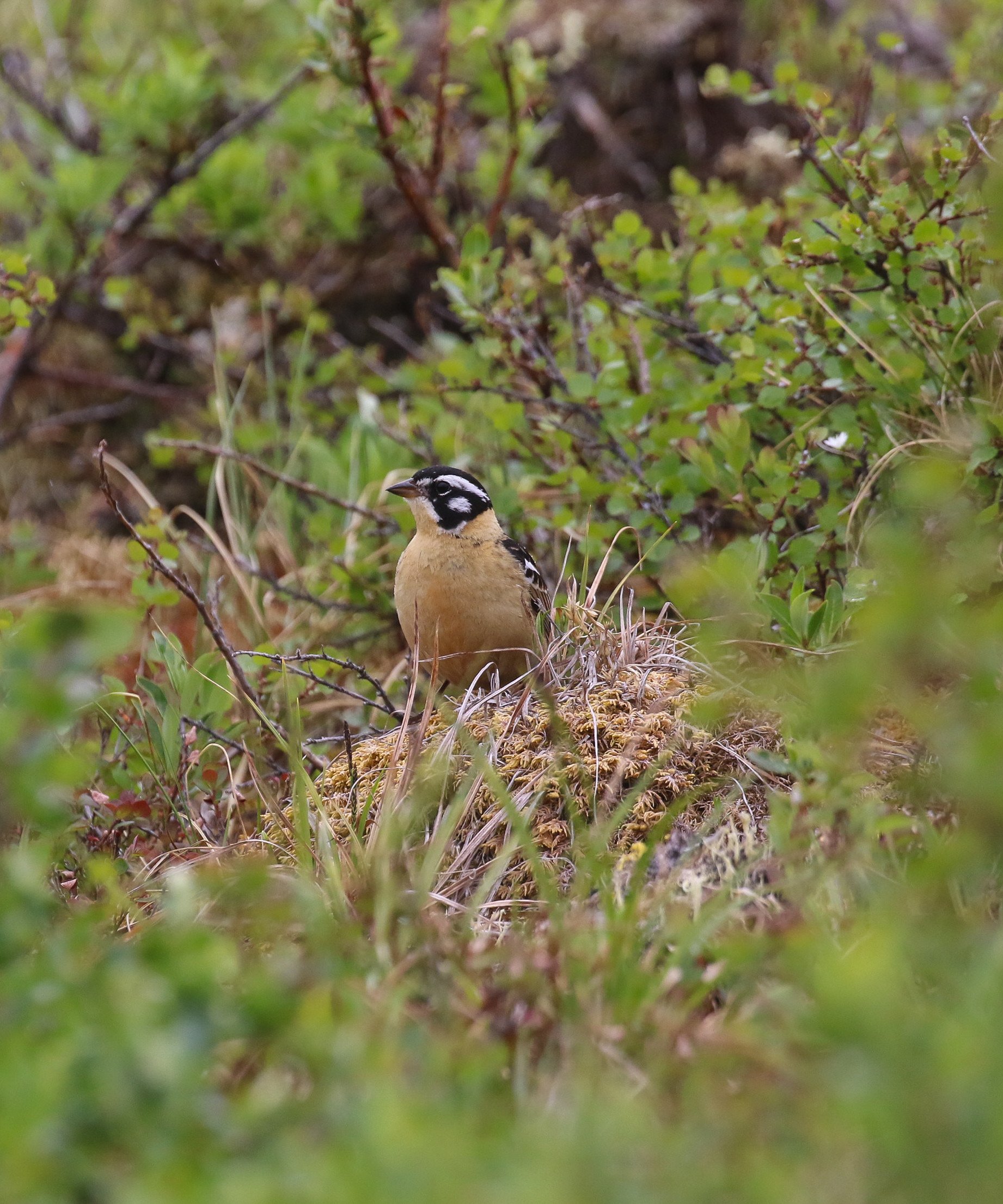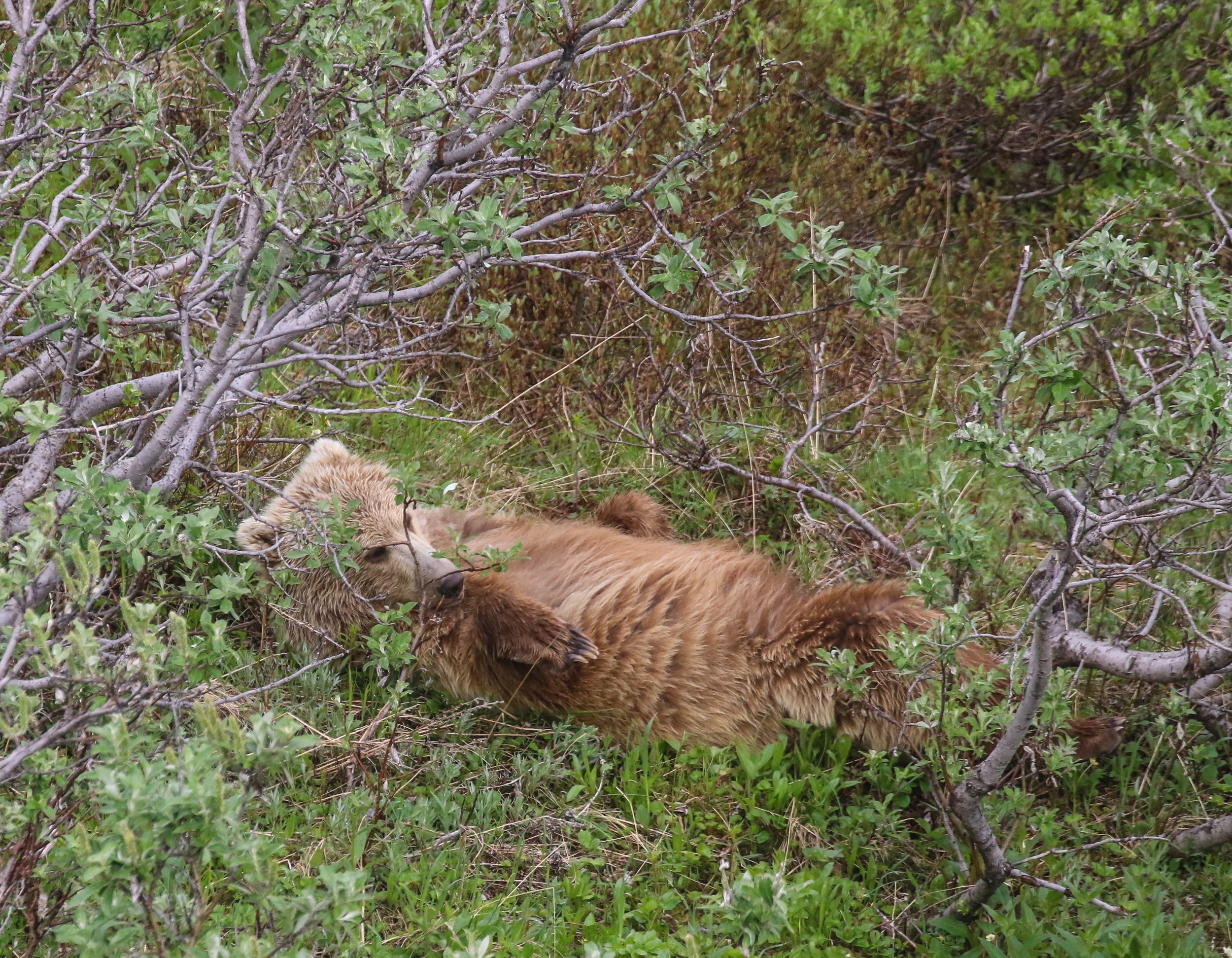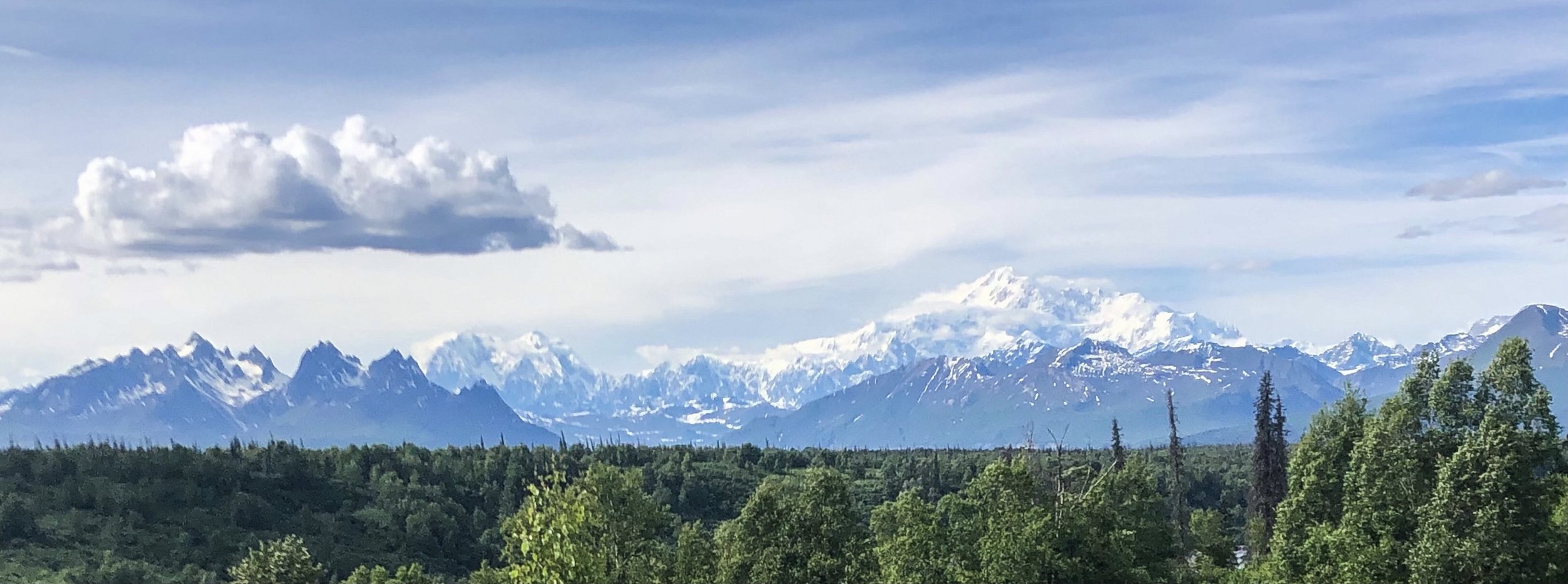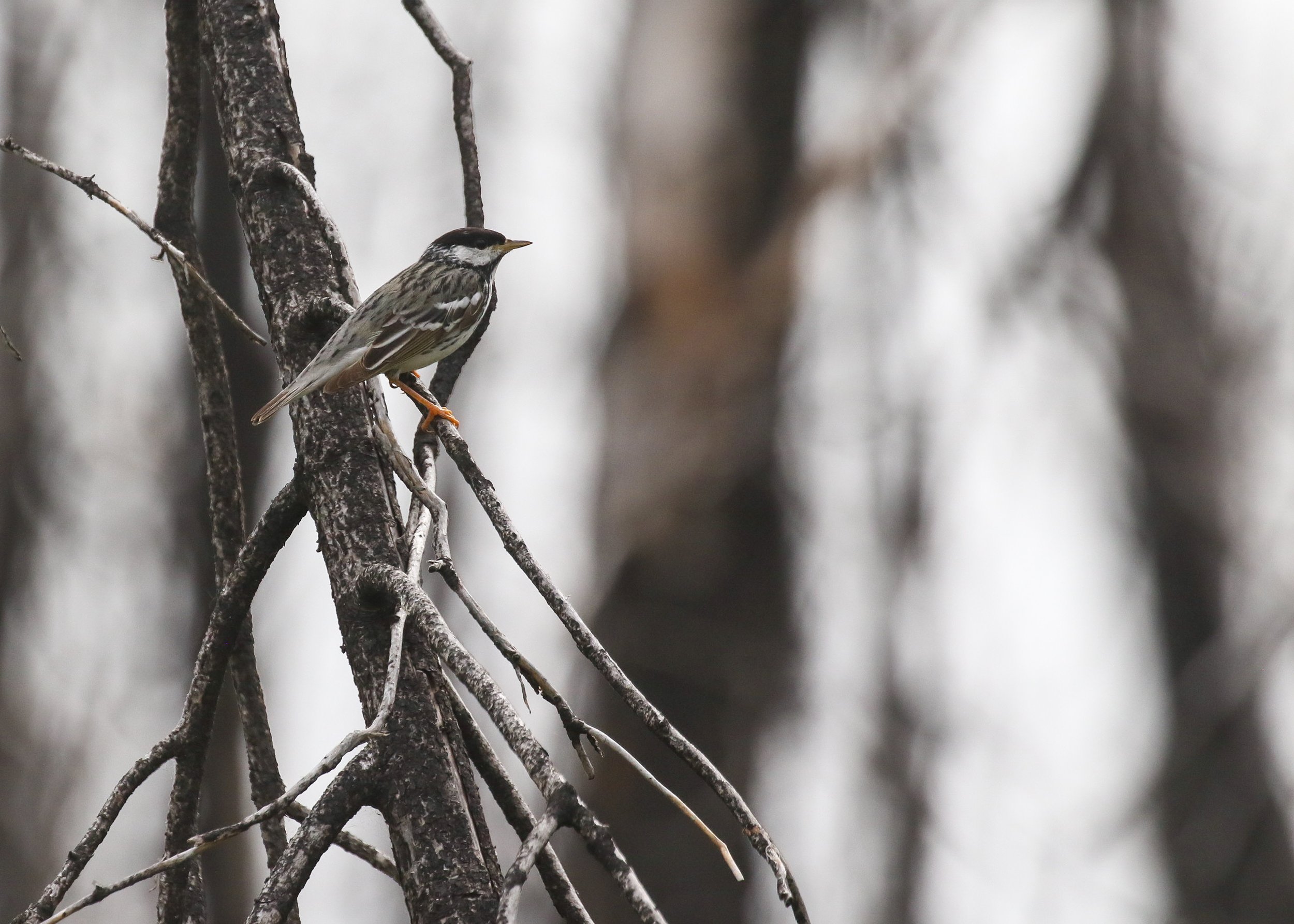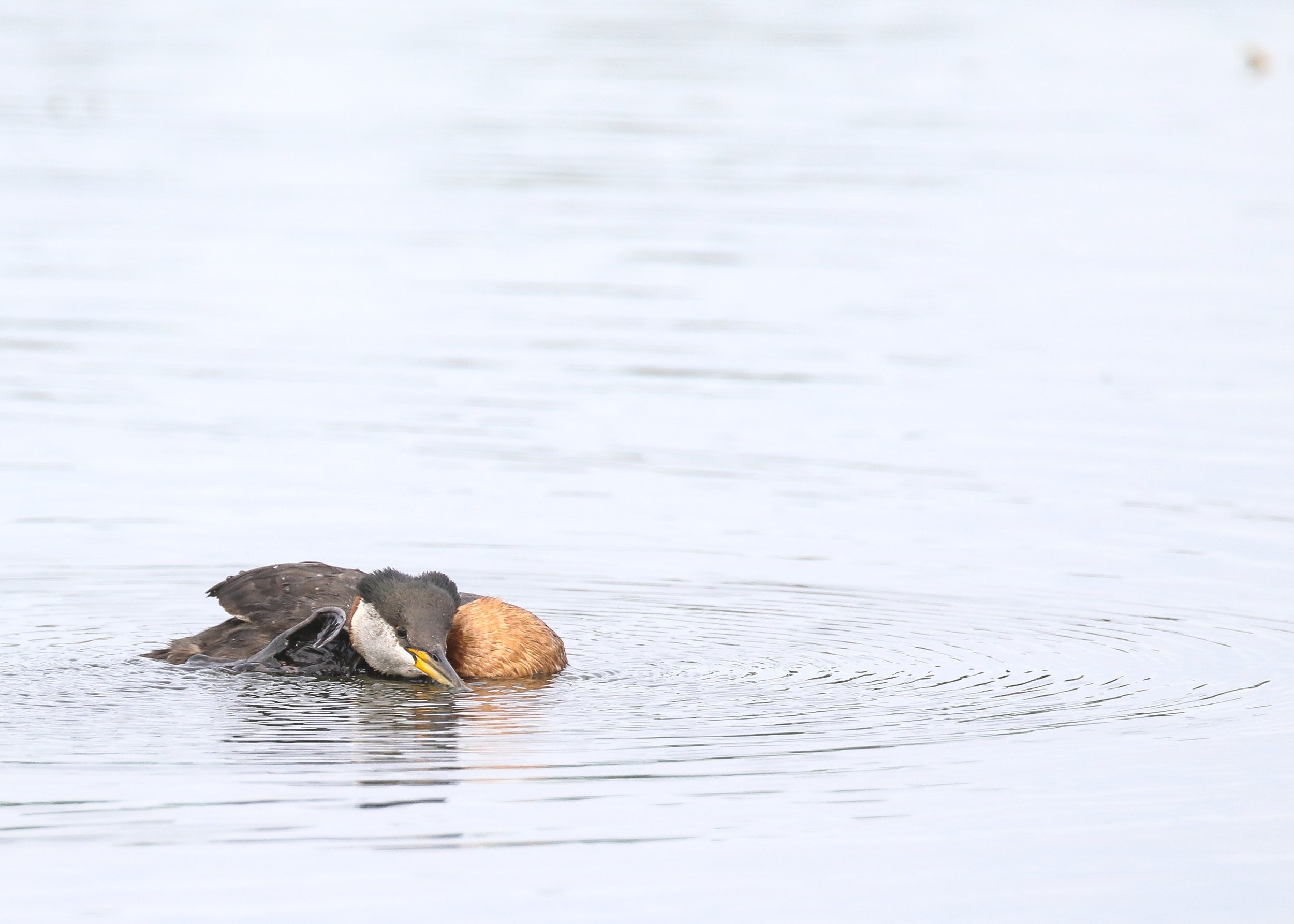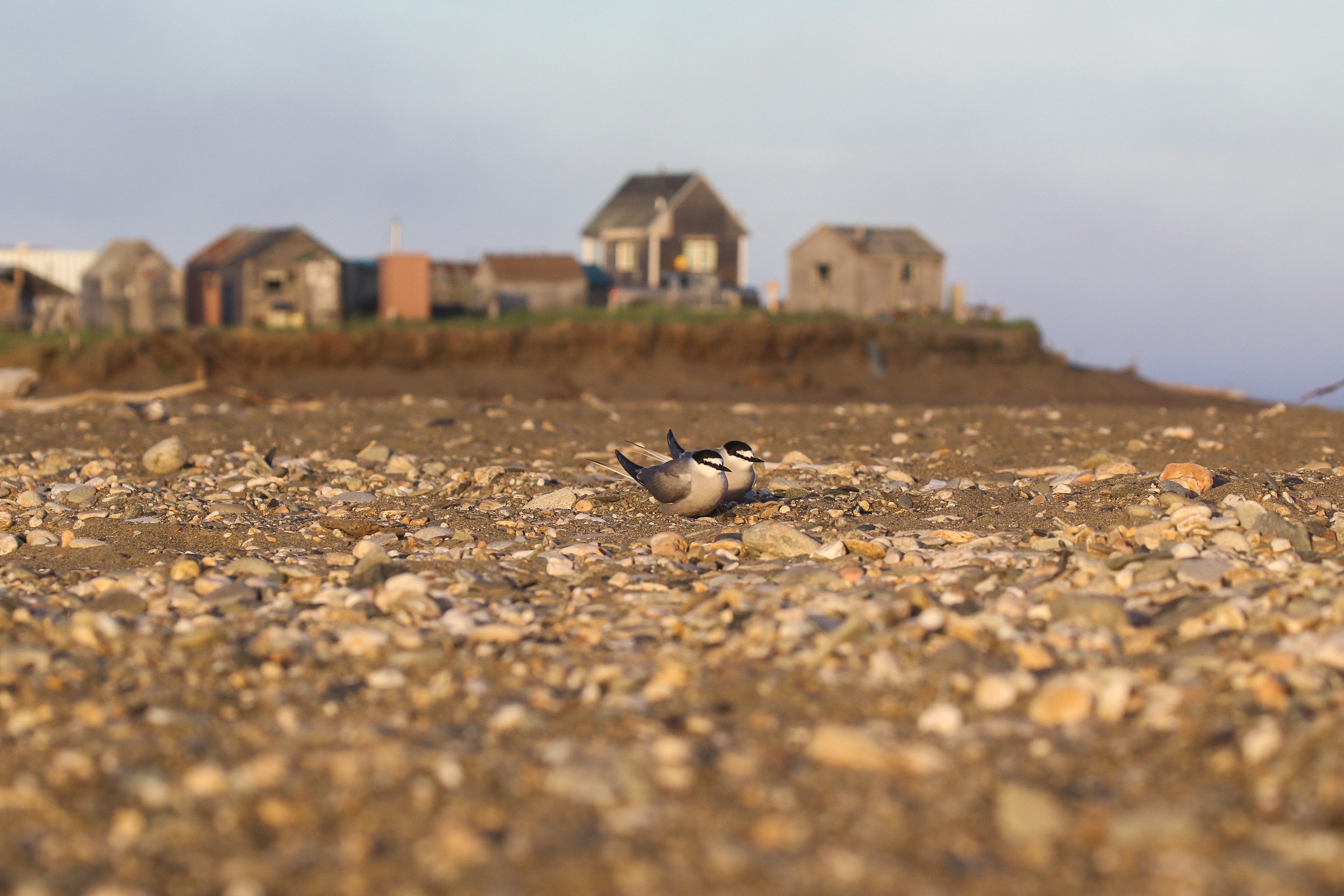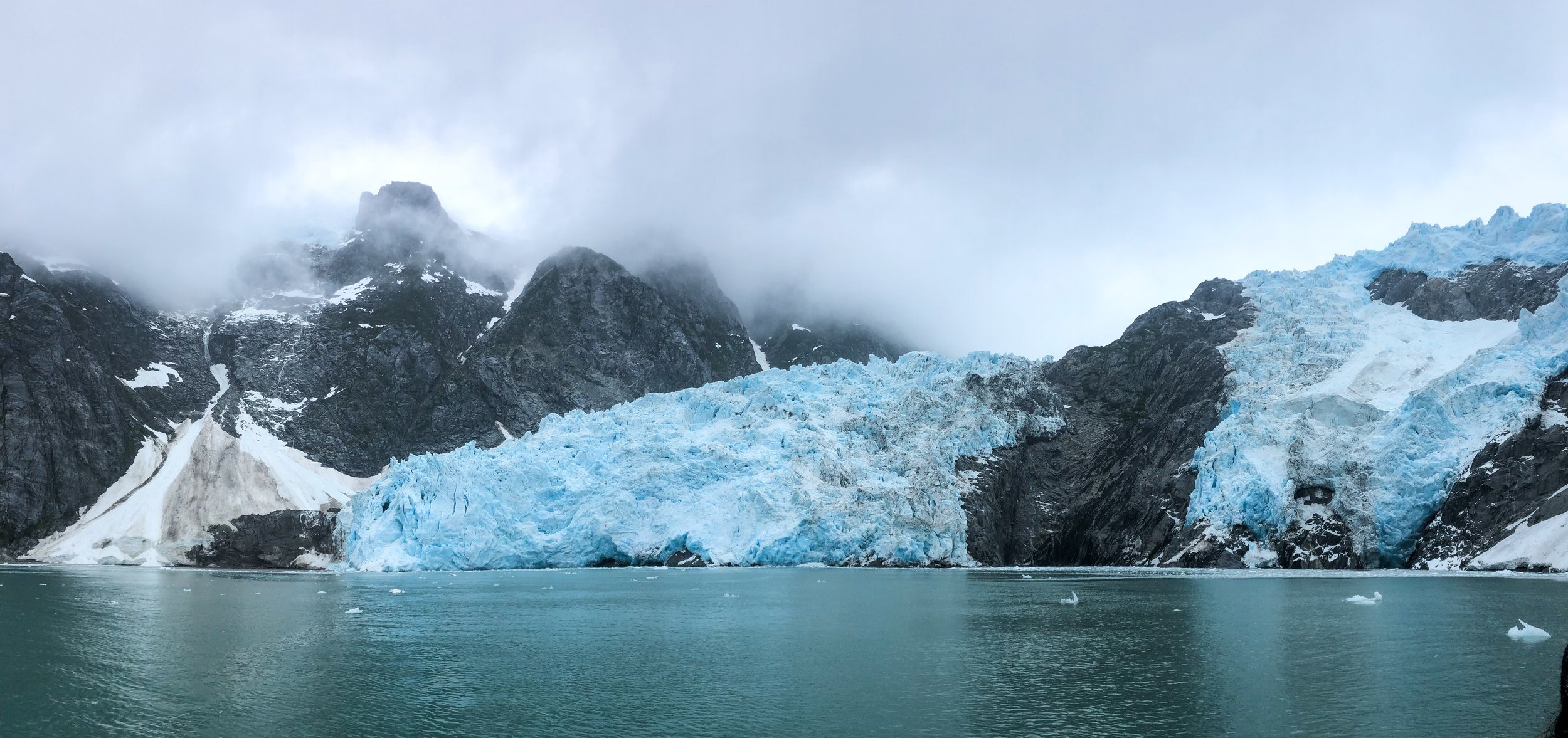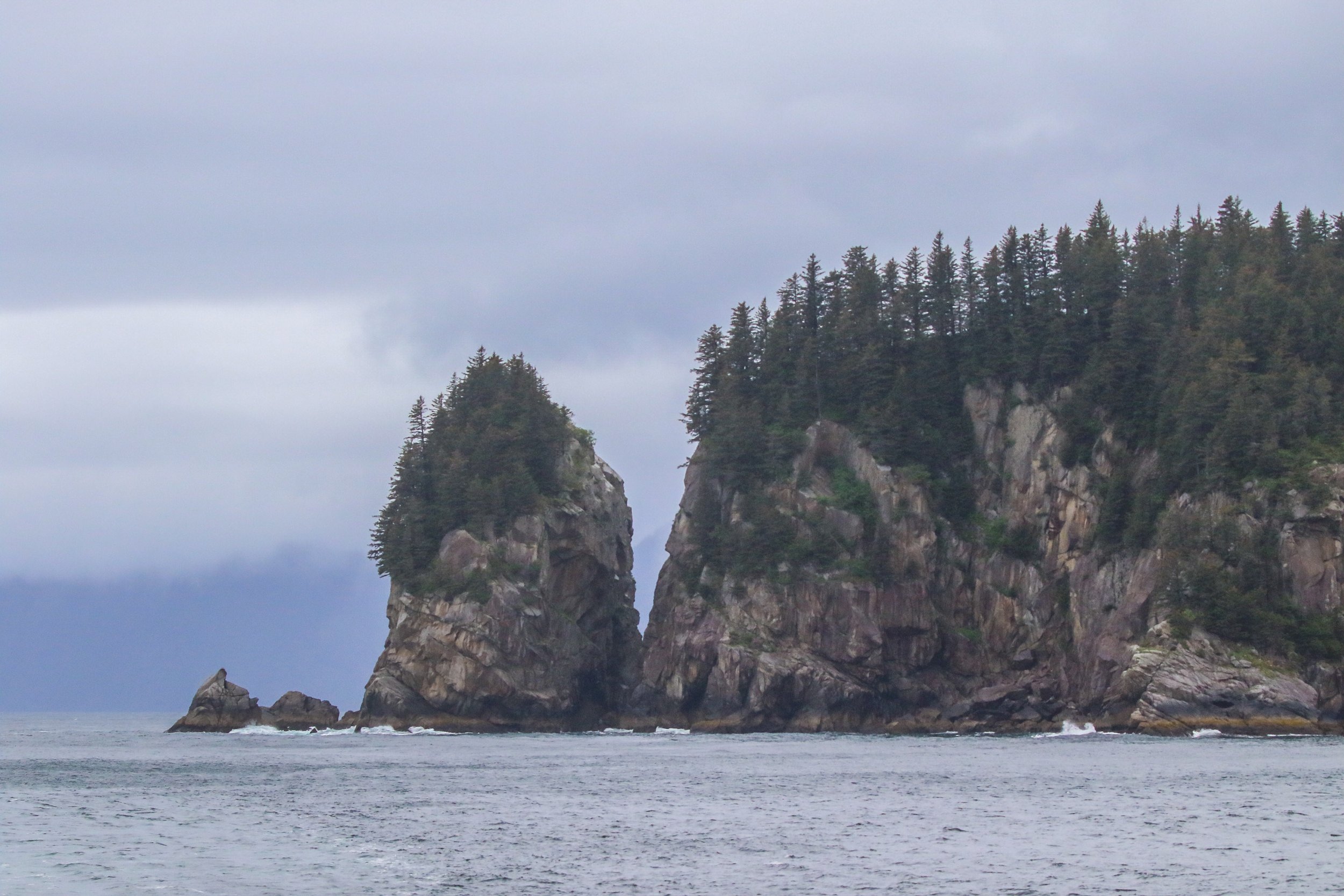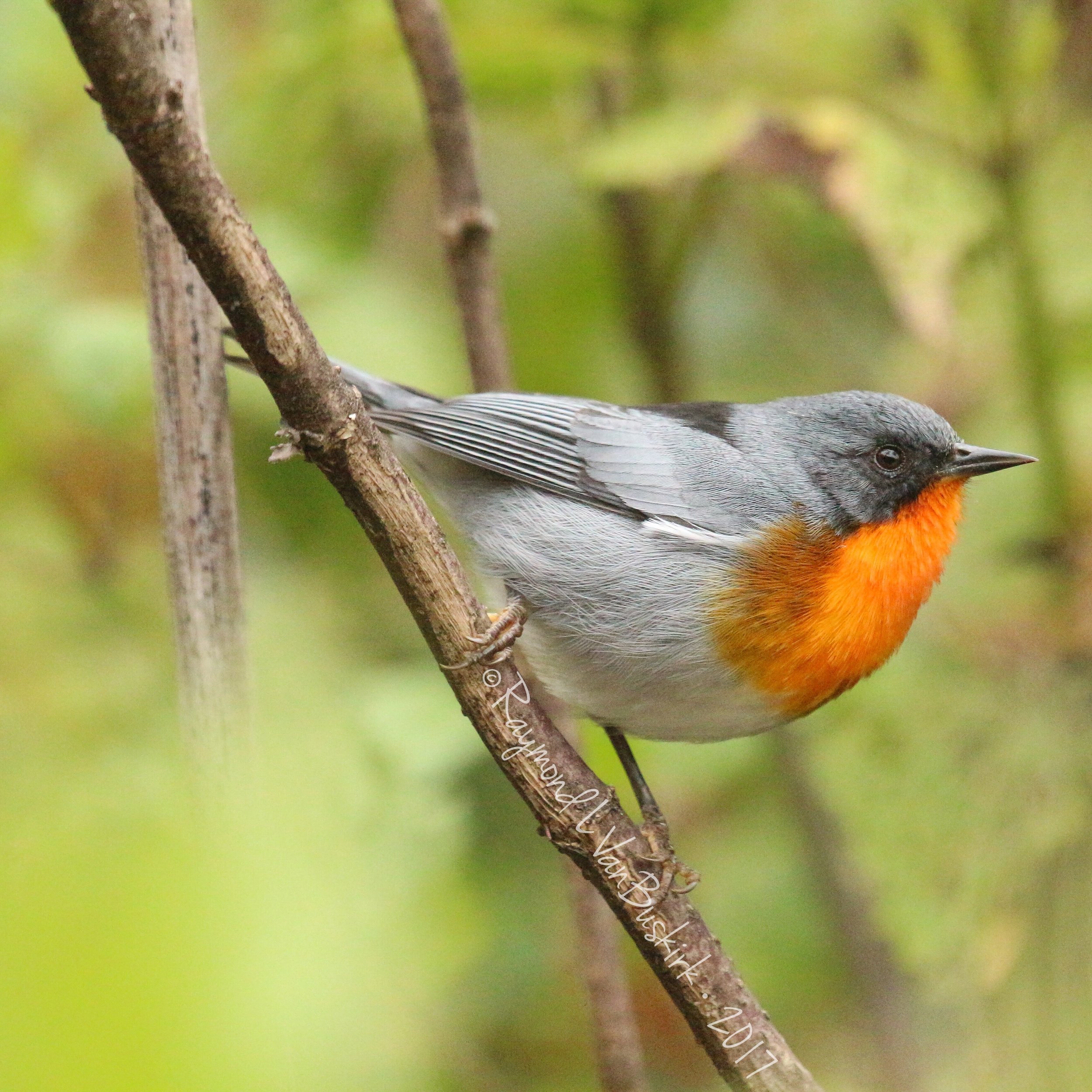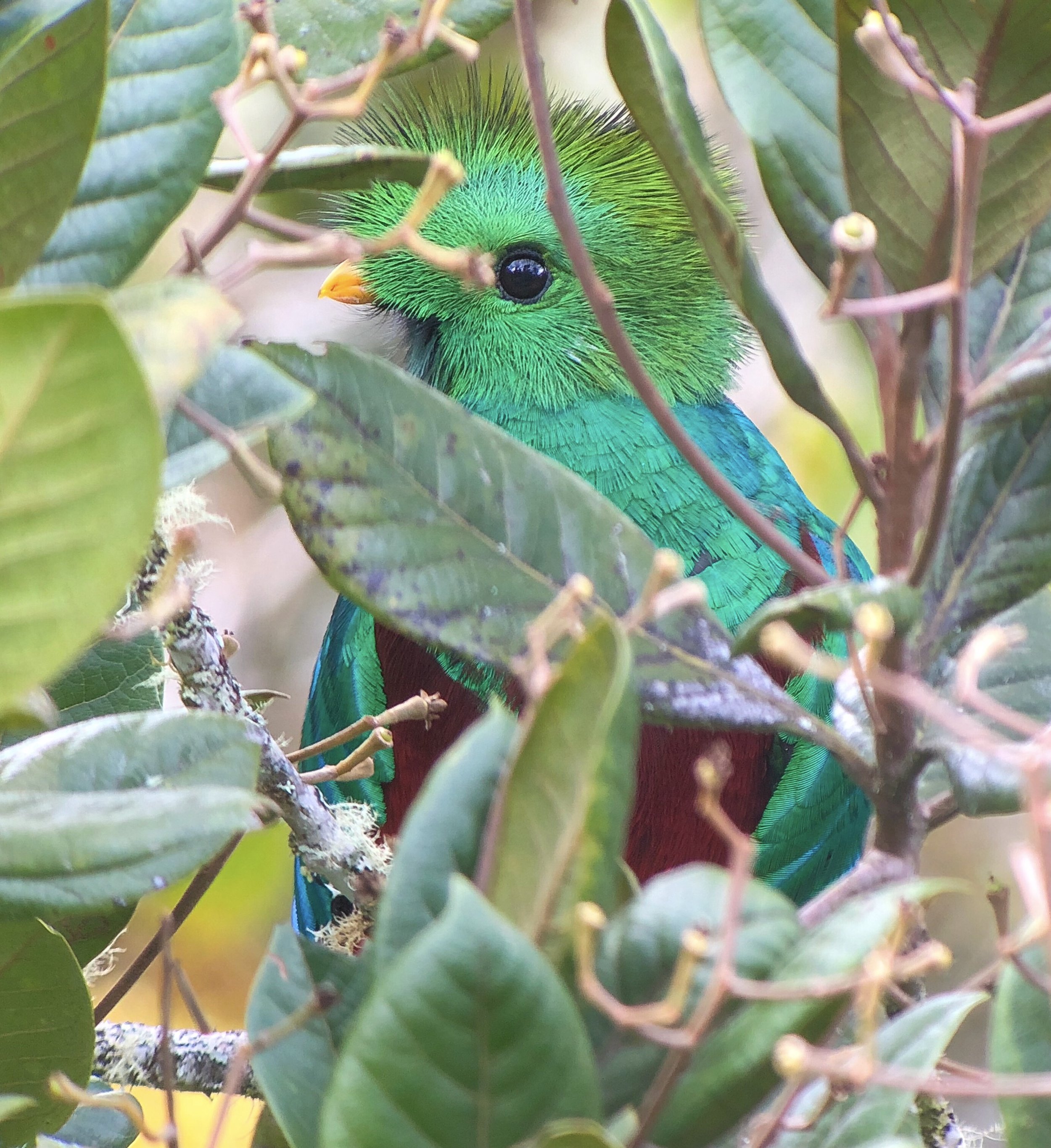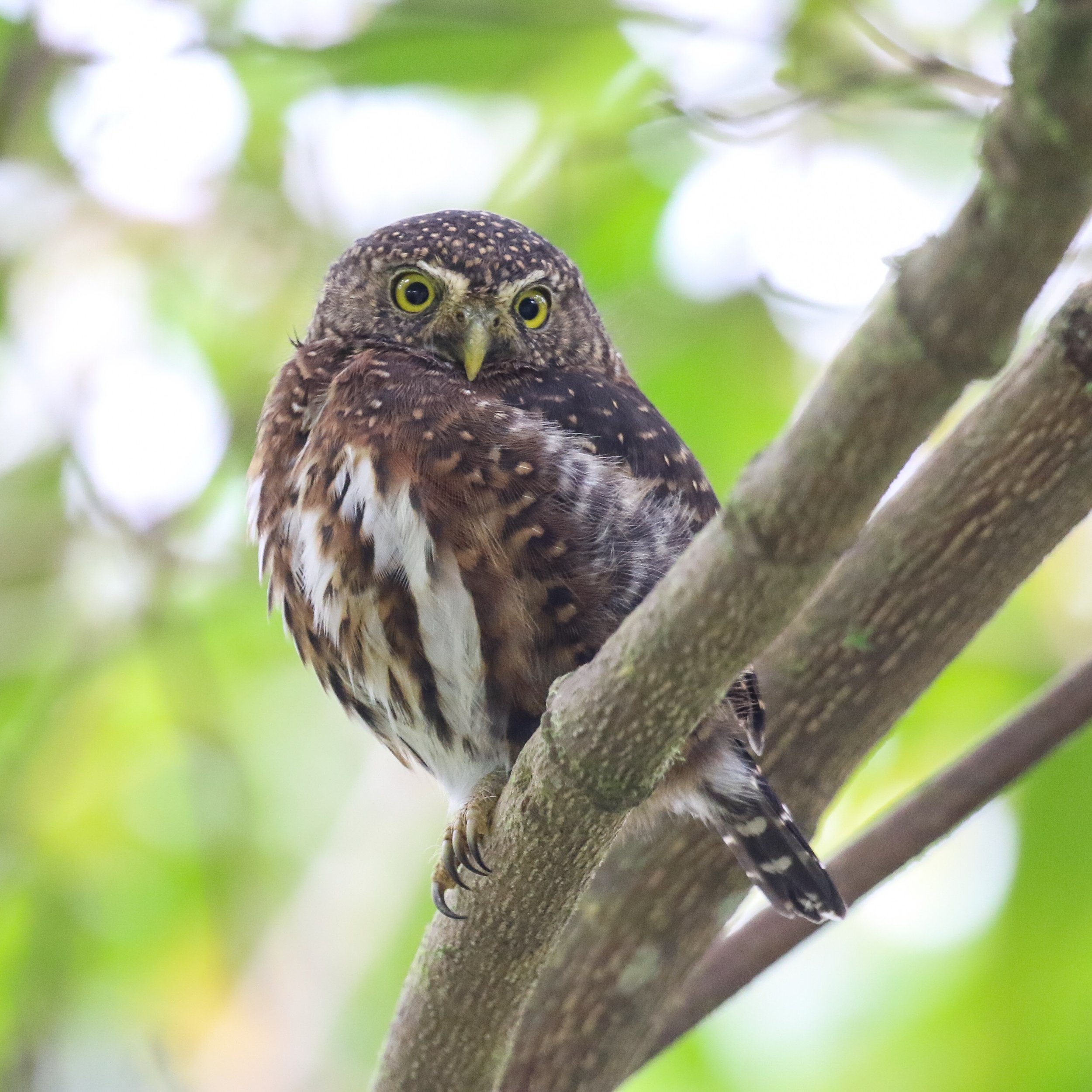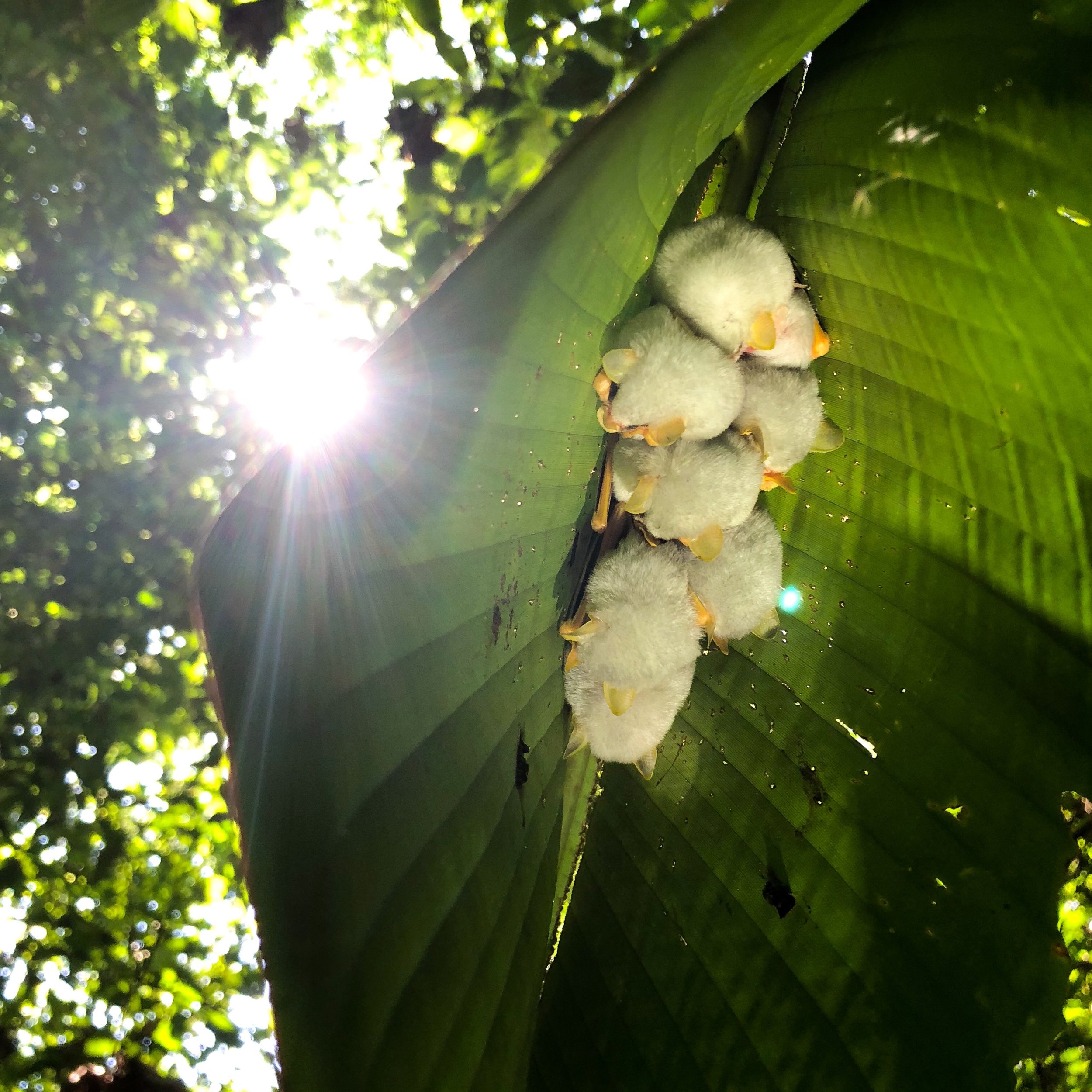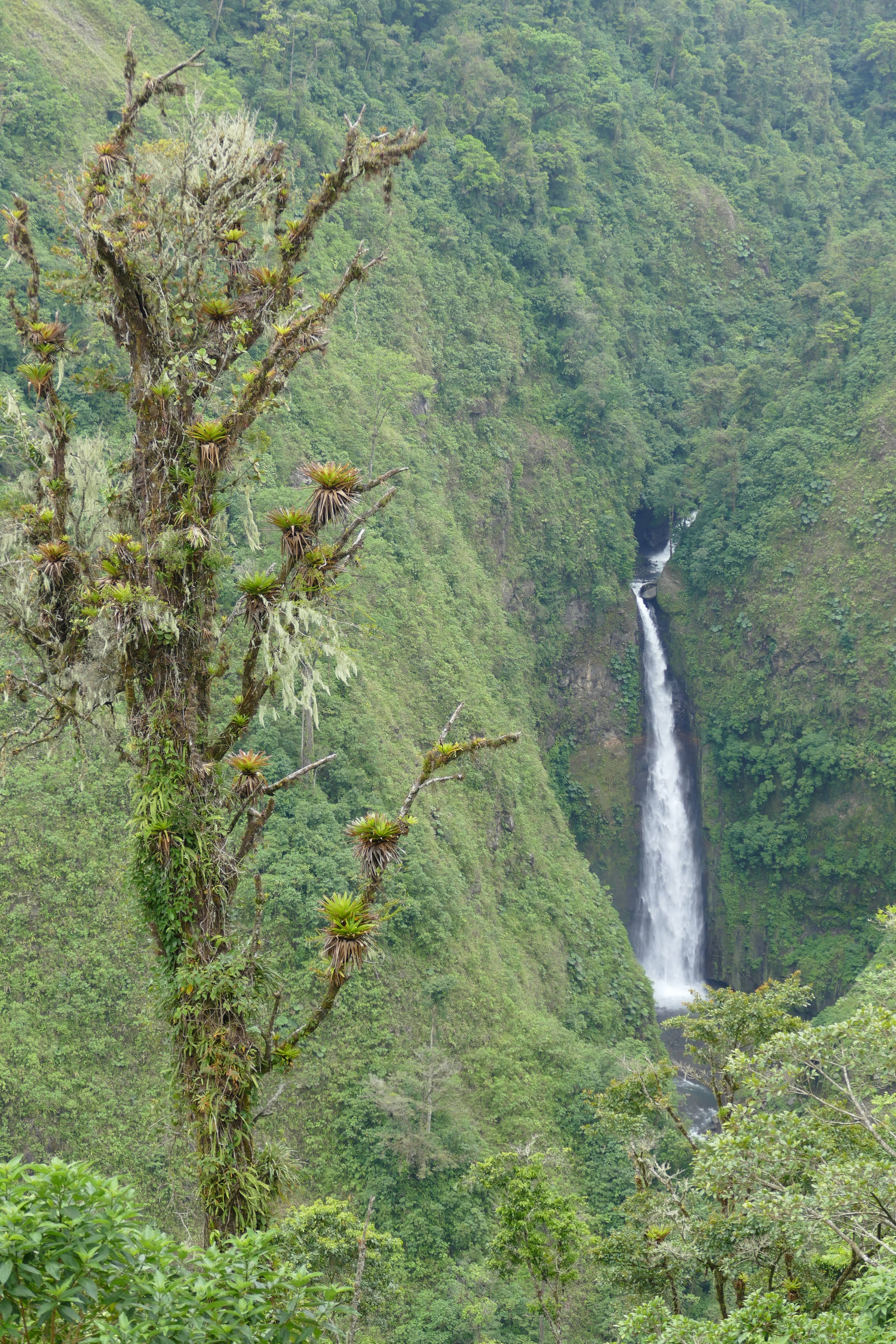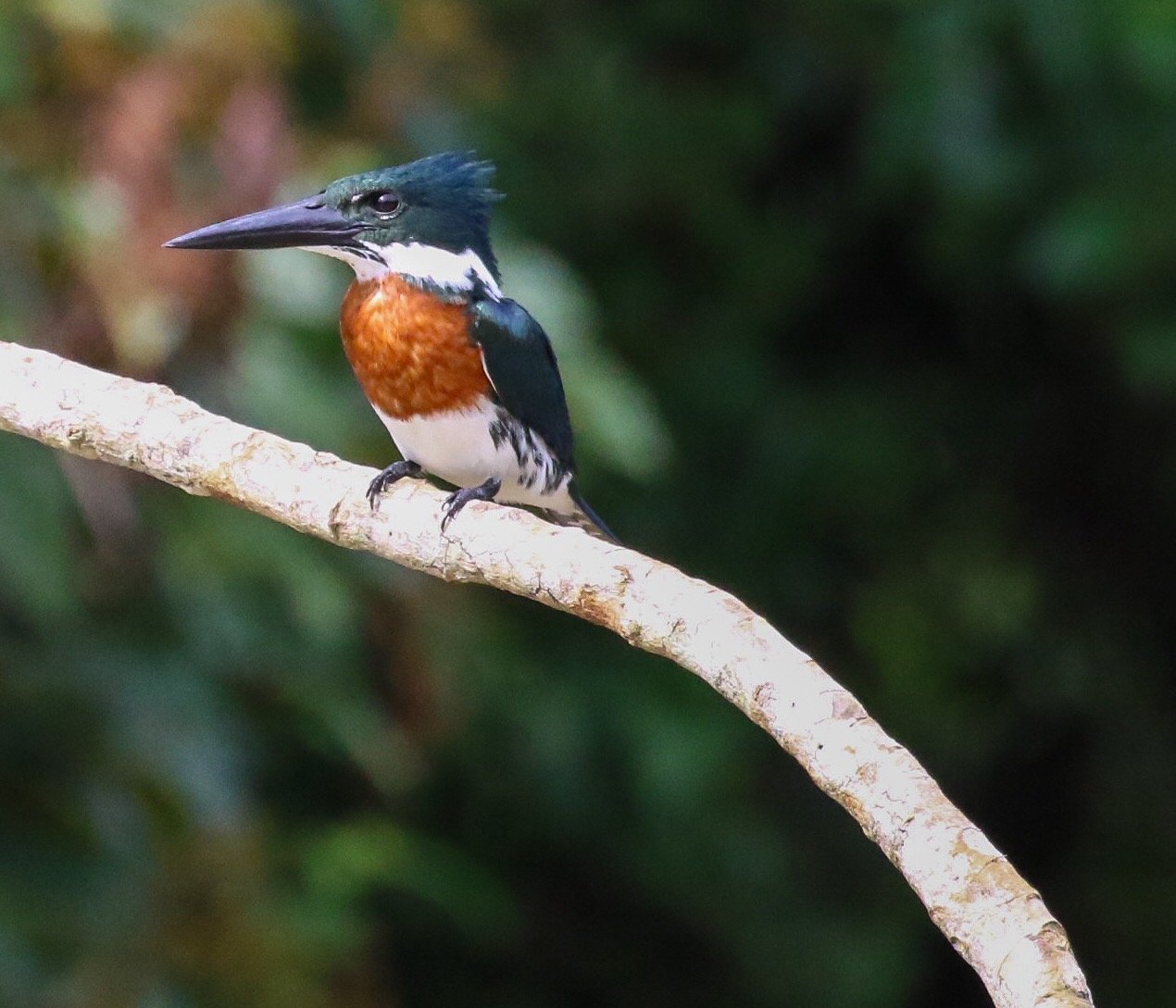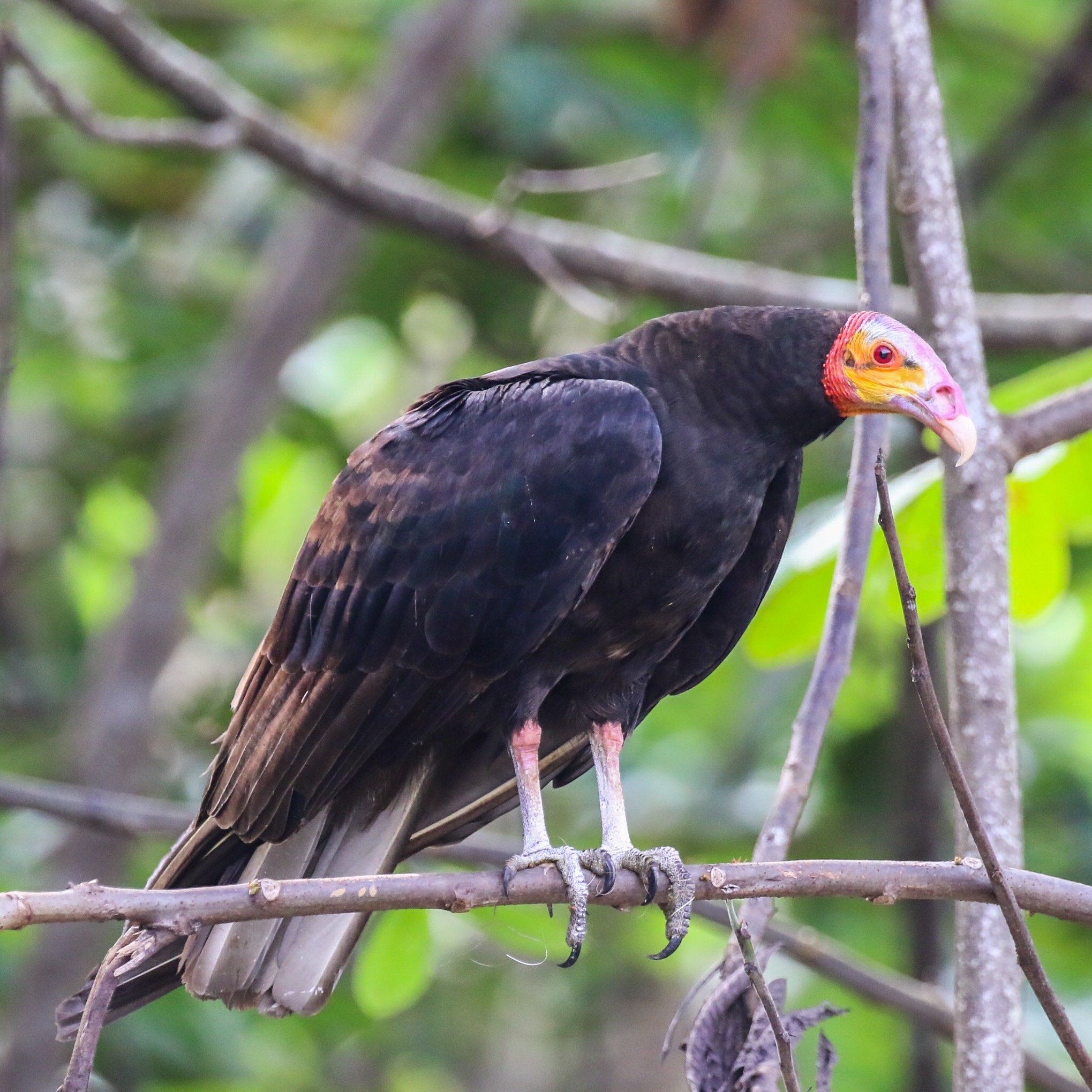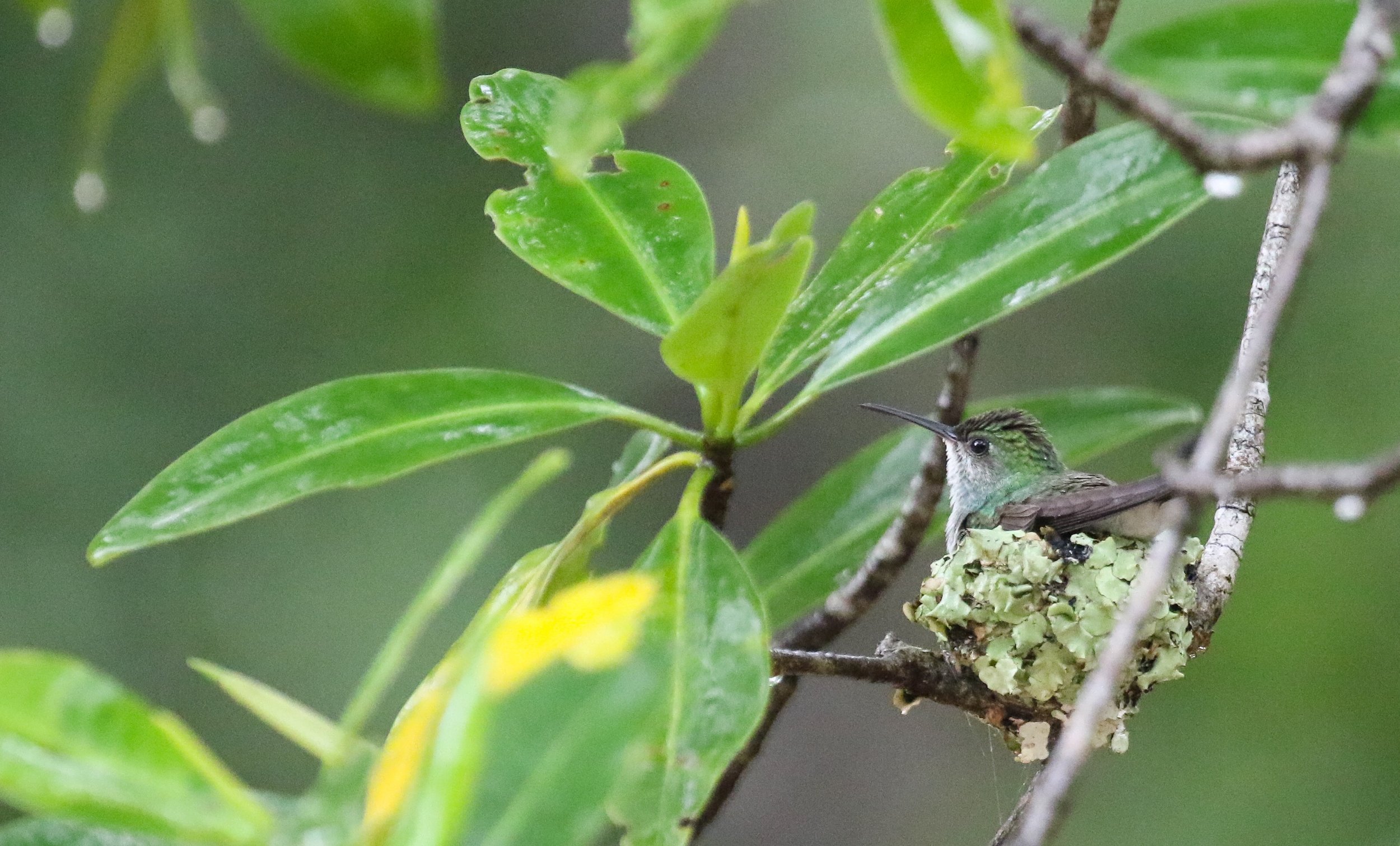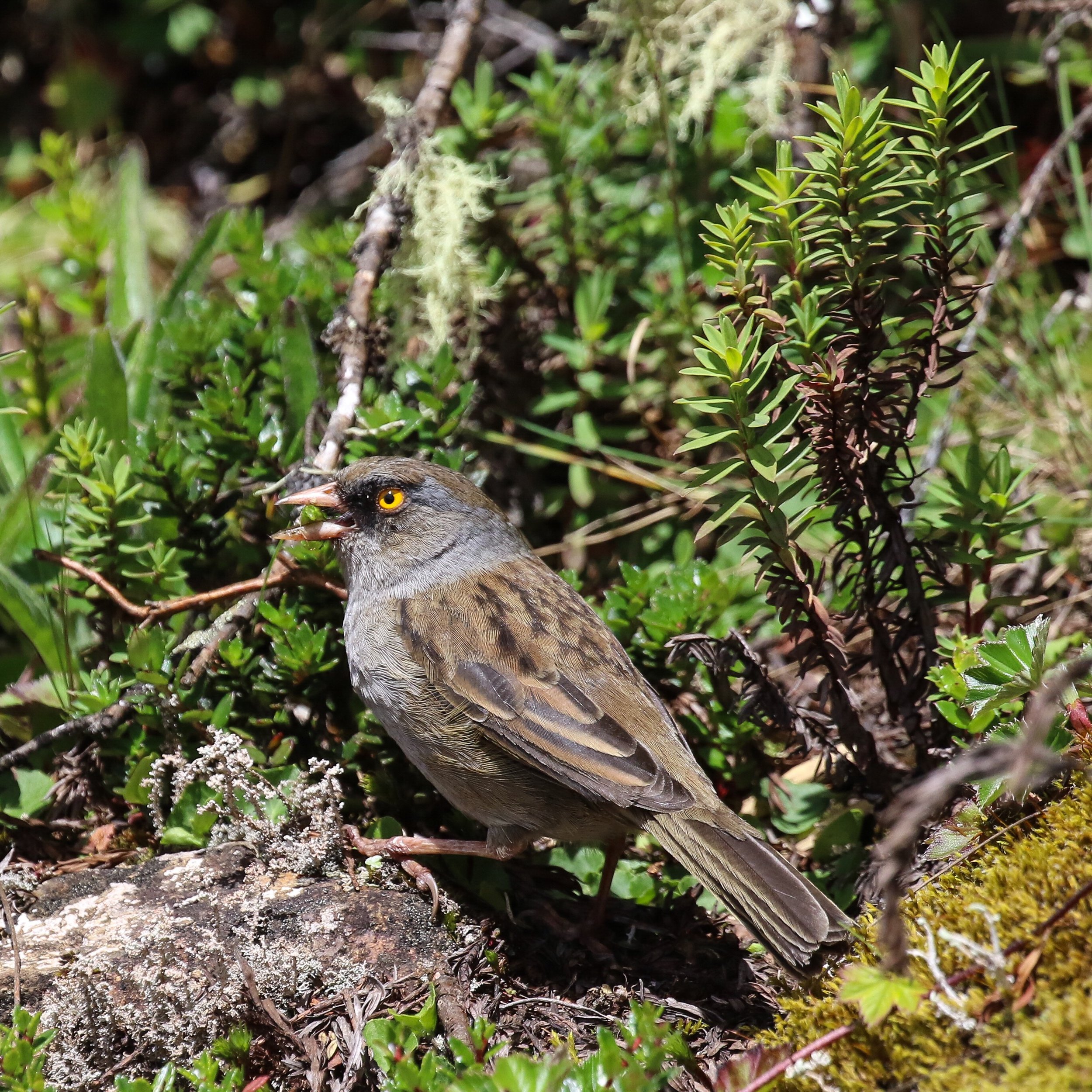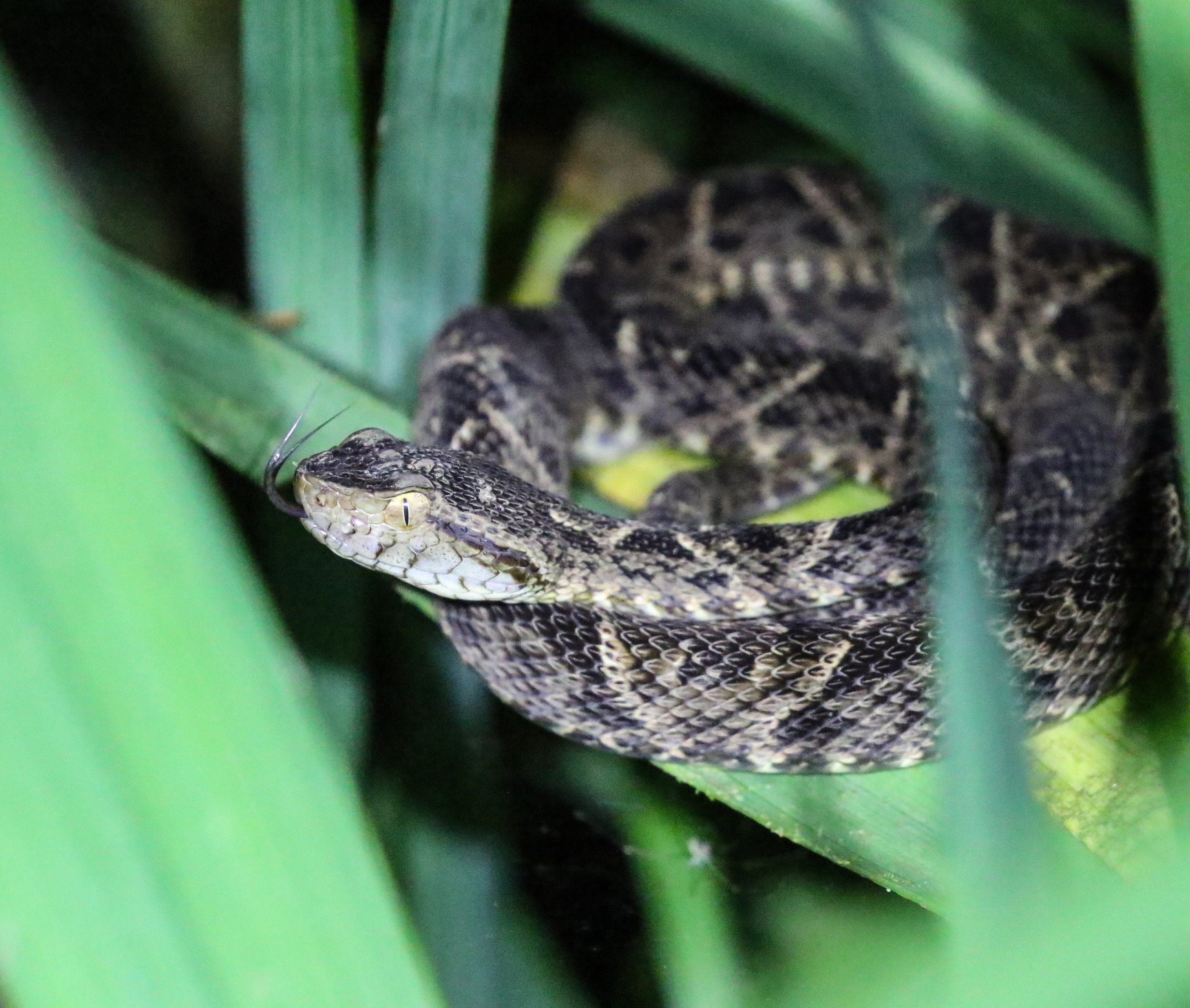
Let’s go birding TOGETHER.

Florida: The South, the Keys, and the Dry Tortugas
Late April is a wonderful time to visit South Florida. Migrants augment the resident birds, and all of South Florida’s special breeding birds have arrived. We’ll visit the most interesting habitats on the southern end of the peninsula including upland pine forests, the stunning Florida Keys, the Big Cypress Preserve, shallow sandy lagoons of the southwest coast, and the Everglades National Park.
The Keys are at their best at this time of year, and we’ll explore areas known to us looking for the sought-after southern Florida specialties such as Mangrove Cuckoo, Black-whiskered Vireo and White-crowned Pigeon. We’ll also take a day trip by boat to the fabulous Dry Tortugas. Even though we’ll have just four and a half hours on Fort Jefferson, it’s enough time to appreciate the magnificent seabird colony and see most of the birds for which the area is justly famous. On good years the thickets and isolated trees around the fort can be filled with resting migratory birds, an excellent complement to the thousands of Sooty Terns and Brown Noddies wheeling overhead. We’ll conclude in the Miami area, where elements of a huge parrot fauna, and several other exotic species have become naturalized. Add in the chance of a vagrant from the Caribbean, and it’s easy to see why South Florida in late April is so appealing.
For more info, or to join the adventure, follow this link: Florida: The South, the Keys, and the Dry Tortugas
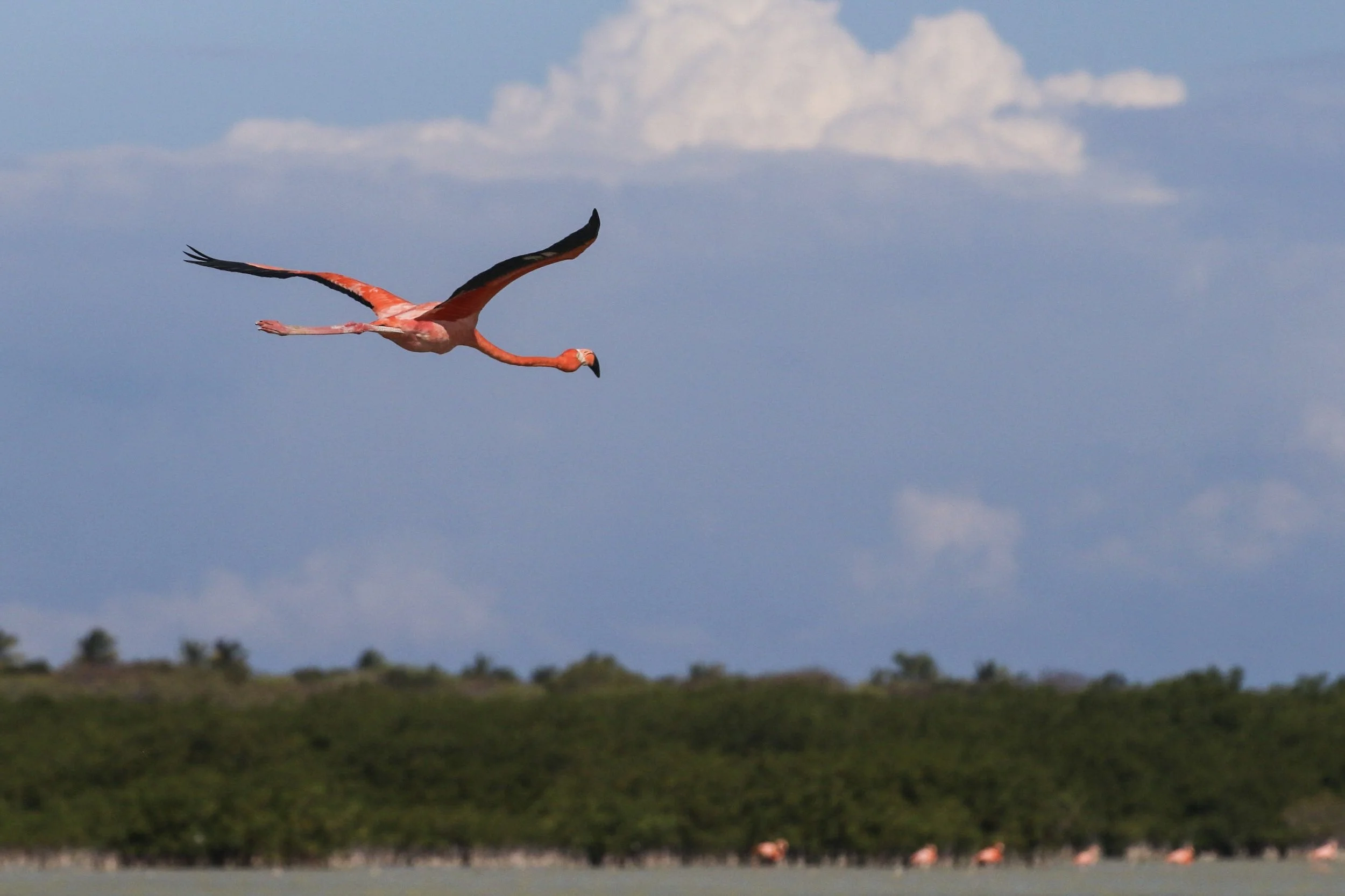
Dominican Republic Endemics
2024 was a blast! See you in 2025? Hope you can join us next time.
Santo Domingo is the site of the oldest European city in the New World, and the capital city of the Dominican Republic. The country occupies the eastern two-thirds of the island of Hispaniola, the second largest island in the Greater Antilles. Dominated by the highest mountains in the Caribbean and ringed by a startlingly beautiful coastline, this varied landscape is home to no fewer than thirty-two endemic bird species, including Palmchat, the single representative of the monotypic family Dulidae and two species of Todies. Our search for the endemics and regional specialties will take us to the cloud forest, pine savannahs, and thorn scrub of the rugged Sierra de Bahoruco, as well as to the bizarre cactus forest of the Lago Enriquillo basin, which is home to Palm and White-necked Crows, American Flamingos, and various species of herons, shorebirds, and waterfowl. A side trip to the very different north shore of the island will allow us to look for the extremely rare Ridgway’s Hawk in lush limestone karst forest. Our visit to the Dominican Republic will be enriched by the gracious hospitality of its people and their excellent Caribbean-style cuisine.
For more information and to register for this tour visit my WINGS tour page HERE

Puerto Rico Endemics
Once a Spanish colony and now a U.S. territory, and popular holiday destination, Puerto Rico provides a perfect and easy week-long getaway for the visiting birder. With an excellent road system providing convenient access to its many forest reserves, Puerto Rico offers some of the easiest and most enjoyable birdwatching in the Caribbean. On our tour we’ll seek out all of the island’s endemics and more than two-dozen Caribbean specialties, visiting every habitat from the windswept elfin-woods of Maricao to the bird-rich thorn scrub of the Guanica Dry Forest region.
For those interested in a longer Caribbean adventure, make note that this tour can be combined with the Dominican Republic.
ITINERARY
Day 1: The tour begins at 6 p.m. this evening in the lobby of our San Juan hotel. Night in San Juan.
Day 2: We’ll rise for an early breakfast at the hotel and begin making our way to the Rio Abajo State Forest. The mature forest in this preserve offers some of the best birding the island has to offer, with opportunities for many of the island’s endemics and our best chance at the endangered Puerto Rican Parrot. The parking area is often bustling with birds, including the Puerto Rican Oriole, Puerto Rican Euphonia, and many others. Along the trail into the park we stand a good chance at seeing the endemic subspecies of Broad-winged Hawk on late morning thermals. After a solid morning here we’ll head for Cambalache State Forest, which offers one of the largest lowland tracts of forest on the northern shore of the island. Along the trails we’ll look for the beautiful Puerto Rican Bullfinch, whose calls sound very similar to a Northern Cardinal. Here too will be the exquisite Puerto Rican Tody and the entertaining Puerto Rican Lizard-Cuckoo. Further up the trail we’ll look for Puerto Rican Spindalis, sprightly Adelaide’s Warblers and Puerto Rican Vireo. We’ll enjoy a picnic lunch with the birds. After lunch we’ll start heading west, stopping at a few wetlands that typically hold a nice assortment of waders and waterfowl (and often a surprise or two). Then we’ll pause at a cliffside overlook where White-tailed Tropicbirds should be conducting courtship flights in the bay below. This is also one of the best areas on the island to see the endangered Puerto Rican Harlequin Butterfly, an endemic species of checkerspot. In the late afternoon we’ll make our way to our comfortable lodgings at a historic hotel in the highlands near Maricao. Night in Maricao.
Day 3: We’ll have an early morning walk on the hotel trails and then enjoy coffee and breakfast. After breakfast we’ll spend most of today in the lush montane forest of Maricao State Forest and other protected areas along the mountainous central road. Two endemic hummingbirds occur here; the Puerto Rican Emerald and impressive Green Mango. In addition, Puerto Rican Spindalis, Puerto Rican Tanager, Loggerhead Kingbird (endemic and distinctive subspecies), Puerto Rican Oriole, and Antillean Euphonia are all likely. The star attraction in the mountain region, however, is Elfin Woods Warbler, which was only discovered in 1971. This species can be hard to see well as it is very active and tends to remain partially hidden by the dense vegetation, but with some perseverance it generally reveals its secrets. After a picnic lunch we may do some more birding and have a bit of down time at our wonderful accommodations. If we still need to find Puerto Rican Owl we’ll go out after dinner. Night in Maricao.
Day 4: We’ll rise dark and early and head to a Sabana Grande panaderia for breakfast. From here it’s a short drive to the Susua State Forest where we’ll have a go at Key West Quail-Dove, Puerto Rican Pewee, and other dry forest species. In the afternoon we’ll descend to the lowlands to look for waterbirds and our first shot at the endangered Yellow-shouldered Blackbird before reaching our wonderful seaside hotel. In the evening we’ll have our first visit to Laguna Cartagena NWR where we’ll investigate several wetlands looking for rare species such as West Indian Whistling-Duck, Yellow-breasted Crake, and Masked Duck. Dinner and searching for Puerto Rican Nightjar. Night near La Parguera.
Day 5: We’ll spend today birding in the lowlands of the Southwest, including a trip to Rice Tech for a chance at exotic species as well as native grassland birds and shorebirds; Cabo Rojo for scenic ocean views and birds of the mangroves; and another stop at Laguna Cartagena. In the evening we’ll have a look for the “Caribbean” Short-eared Owl at one of Raymond’s secret spots. Night near La Parguera.
Day 6: We’ll head back to San Juan, stopping along the way at an out-of-the-way spot that harbors the globally scarce Plain Pigeon and Antillean Crested Hummingbird. As a final stop in San Juan we’ll search a local community garden and plant nursery for Green-throated Carib. Night in San Juan.
Day 7: The tour concludes this morning in San Juan.
For more info, or to join this adventure, follow this link: WINGS Puerto Rico.

Alaska: Pribilof Islands and Ross’s Gulls in Utqiagvik
Last year’s tour was a major success! Hope to see you in 2024
Alaska’s Pribilof Islands lie some 300 miles off the North American mainland in the middle of the Bering Sea. We’ve scheduled an extended visit to the rocky island of St. Paul to look for Asiatic vagrants at a time when over the years many have occurred. Even without the exciting strays for which these remote islands are famous, the sea cliffs will still have hundreds of breeding alcids and good numbers of the near-endemic Red-legged Kittiwake, and the Northern Fur Seal colony will be overflowing with young seal pups.
We’ll spend our days on the “Pribs” alternately scanning and walking around the islands many small lakes and wetlands, scouring the secluded and sheltered sides of hills and patches of taller vegetation for passerines, and, if conditions are advantageous looking out to see for passing seabirds. The seabird cliffs will be less crowded than in the summer, but we’ll be treated to very close eye-level views of Horned and Tufted Puffins and Common and Thick-billed Murres, and we’ll certainly see Red-legged Kittiwake and Red-faced Cormorant, the former at its only accessible site in North America. The cacophonous Northern Fur Seal rookeries will be bustling with masses of pups, and spending time with these remarkable pinnipeds gives credence to Saint Paul’s title of the “Galapagos of the North.”
In mid-late September the Pribilofs are still mostly green, and often a good diversity of shorebirds can be found on their southbound passage. We’ll sift through the throngs of Rock Sandpipers and Ruddy Turnstones for rarer shorebirds; Gray-tailed Tattler, Sharp-tailed Sandpiper, Red-necked Stint, and Common Snipe are all regular migrants in early September, and species such as Lesser Sand-Plover, Wood Sandpiper, Little Stint, and Ruff are possible. Waterbird mega-rarities at this season have included Black-tailed Gull, Marsh Sandpiper, Jack Snipe, and North America’s first Solitary Snipe.
Asian landbird vagrants are unpredictable, but mid-late September has produced Sky Lark, Willow, Dusky and Yellow-browed Warblers, Gray-streaked and Taiga Flycatchers, Red-flanked Bluetail, Olive-backed and Pechora Pipits, Siberian Accentor, Brambling, and many others.
After St Paul there is an optional extension that will take us to Utqiagvik (Barrow), along the shores of the Arctic Ocean, in hopes of intersecting with the magical, pink-tinged Ross’s Gull along their migration route. For a brief window in late September/early October, most of the world’s population of Ross’s Gulls migrate past Point Barrow, west to east, from the Chukchi Sea into the Beaufort Sea. It’s possible to see this migration from shore, and depending on local weather and sea conditions, there may a few to hundreds of these gulls moving past on any given day during this short period.
For those continuing on to Utqiagvik (Barrow), there is a buffer day in case of weather delays getting off St Paul Island. Most of the buffer day is at leisure, but there will be some time for a bit of light birding locally around the Anchorage hotel.
For more information and to register for this tour visit my WINGS tour page HERE
* This tour is often combined with my fall tour to Gambell
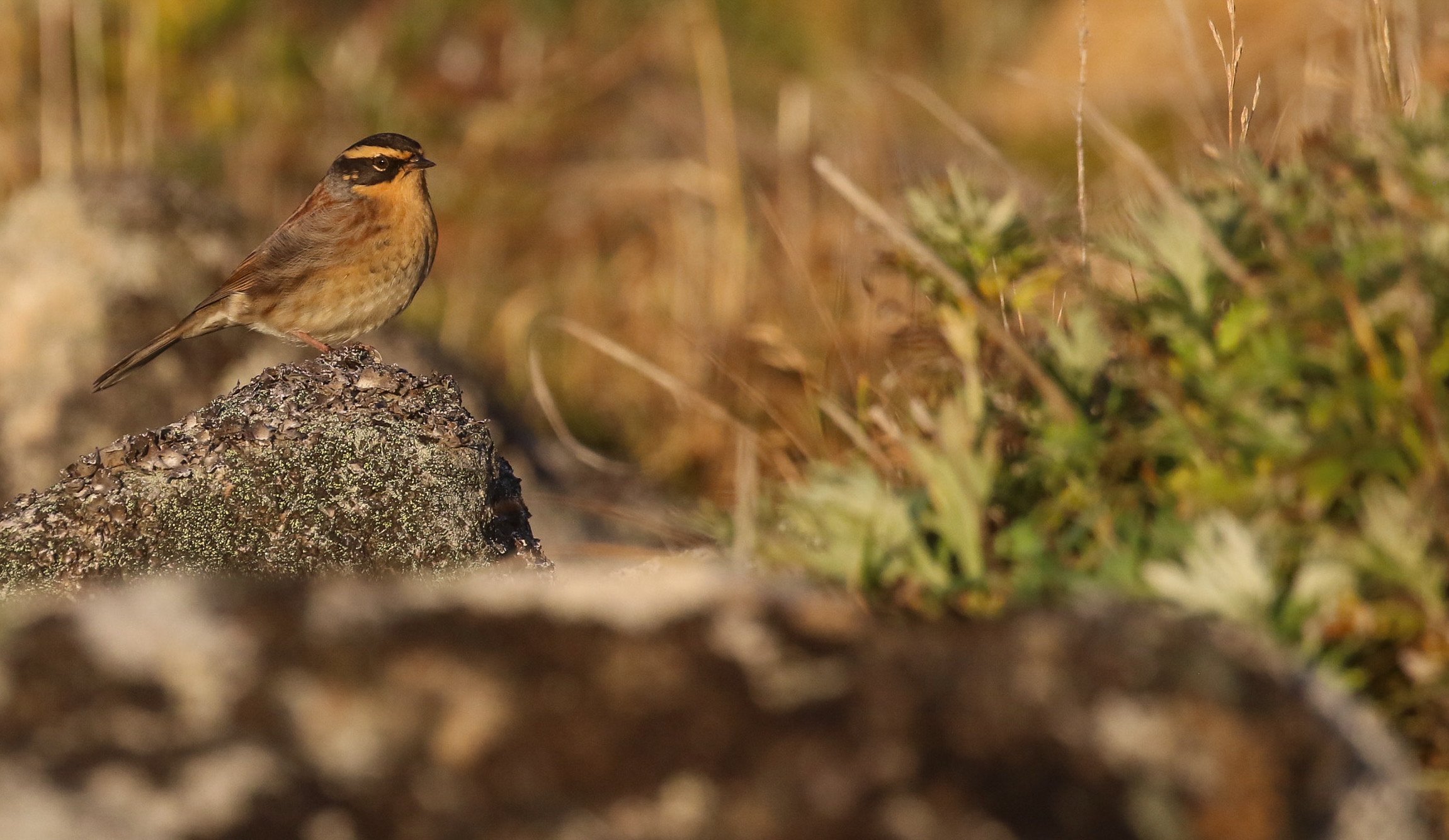
Alaska: Fall Migration at Gambell
NOTE there is an extension from September 3rd-7th. This should provide us with the time we need to possibly discover more Asian songbirds, as there is a trend of increased vagrancy in the first week of September. Plus, once you’re there, why not stay a while. There are still spaces but they’re going fast! Hope to see you in 2024.
Birding on the Bering Sea outposts during the early autumn offers a variety of western Alaska specialties, an incredible seabird spectacle, southbound shorebirds that include small numbers of Old World species, and a good chance of finding Asian landbird strays. In contrast to the spring migration period, fall migration is protracted and full of glorious uncertainty, but some of the plumages, to say nothing of the species, are rarely seen on North American birding tours. Although rare passerines can be expected to occur between late August and early October, the number, composition, and timing of their occurrence vary from year to year, depending on such factors as the weather, that year’s nesting success, and of course good luck!
We’ve timed the Gambell portion of the tour to coincide with the movement of trans-Beringian migrants heading back to their Old World wintering grounds. Usually we detect numbers of Arctic Warblers, Eastern Yellow Wagtails, Northern Wheatears, Bluethroats, and Red-throated Pipits heading west. Here too a multitude of alcids will be present in sometimes mind-numbing numbers, and the seawatching from the point is perhaps unsurpassed in North America.
After we return to mainland Alaska, a morning of birding in the Nome area will give us a chance to catch up with some of the regular Alaskan birds, and with luck, perhaps some specialties such as Arctic Loon, Willow Ptarmigan, Gyrfalcon, and Bar-tailed Godwit.
The list of landbird strays recorded at Gambell in late August and the first half of September is a heady one, although any one visit may produce only one or two… or many more, depending on the year. The list compiled between 1996 and 2021 includes multiples of Oriental Cuckoo, Fork-tailed Swift, Eurasian Wryneck, Brown Shrike, Middendorff’s Grasshopper-Warbler, Dusky Warbler, Willow and Yellow-browed Warblers, “Siberian” Common Chiffchaff, Lesser Whitethroat, Spotted Flycatcher, “Siberian” Stonechat, Siberian Accentor, Pechora and Olive-backed Pipit, Little, Yellow-breasted, Reed, and Pallas’s Buntings, Brambling, and Common Rosefinch. Asian strays recorded during visits later in the season include Sky Lark, Sedge Warbler, Yellow-browed Warbler, Taiga Flycatcher, Siberian Rubythroat, Red-flanked Bluetail, Siberian Accentor, Eye-browed Thrushes, Pechora Pipit, and Yellow-browed Bunting, with the list growing every year. We’ll hope for winds from the west or southwest, and at least some rain, to increase our chances for Asian vagrants. A variety of far-flung North American strays have turned up during this entire period as well. Nights in Gambell.
For more information and to register for this tour visit my WINGS tour page HERE

Alaska: Majesty of the North
This trip is full. Waitlist only.
Alaska is a spectacular state with stunning snow-covered peaks rising out of flower-laden tundra and vast glaciers flowing into forest-lined fjords, and June is a wonderful month to search for the state’s special birds. We’ll begin in Nome where rolling tundra, rich in ptarmigans, jaegers, and shorebirds, merges with rugged mountains and rushing streams, home to singing Bluethroats and Arctic Warblers and nesting Gyrfalcons, and the adjacent Bering Sea coast with the likes of Arctic Loon and Aleutian Tern. The second leg of the tour will take in the interior of the state, and Denali National Park where the breathtaking immensity of Mt. McKinley and the Alaska Range will provide a splendid backdrop as we watch for Grizzly Bear and several species of birds more common in the forested interior of the state such as Northern Hawk-Owl, American Three-toed Woodpecker, White-winged Crossbill, the scarce Smith’s Longspur and elegant Bohemian Waxwing. Around the city of Anchorage we’ll look for Boreal Chickadee and Spruce Grouse in well-forested city parks, Hudsonian Godwit and a range of breeding waterfowl along the shore of Cook Inlet, and American Dipper along Fish Creek. We’ll conclude on the Kenai Peninsula and Resurrection Bay with more magnificent scenery and impressive displays of marine birds and mammals, including a boat trip out into the Kenai Fjords where we should see calving glaciers and Kittlitz’s Murrelets.
Our main tour is bookended by optional extensions to the great seabird colonies of the Pribilof Islands, where thousands of alcids join the very local Red-legged Kittiwake and the odd stray species from Asia, and to the very different tundra of Utqiagvik (formerly known as Barrow), where all four species of Eiders, throngs of shorebirds in full display mode and in most years Snowy Owls nest.
*Note the Pribilofs extension spans the 7-11 June 2023 and the Utqiagvik (Barrow) extension spans the 23-26th June 2023.
For more information and to register for this tour visit my WINGS tour page HERE

WINGS - Costa Rica in October
This tour still has multiple spaces available but this trip is popular so don’t wait too long to sign up.
With an area somewhat less than 20,000 square miles Costa Rica, is the third-smallest nation in Central America; yet in proportion to the country’s size its avifauna of nearly 900 species is among the richest in the world. It is a modern country, politically stable, generally considered the most democratic in Central America, a safe place for the LGBTQIA+ community, and it is proud to be a nation without an army. For the visiting birdwatcher Costa Rica presents the obvious advantage of compactness combined with the variety resulting from the country’s division by major mountain ranges, or cordilleras: one can pass readily from San José on the Central Plateau to cloud forest, to subalpine páramo at nearly 11,000 feet, to the wet tropical forest of the Caribbean slope. Its well-studied biology also makes it an ideal destination—it was one of the first countries in the Neotropics to have its own field guide to the birds, and guides to the country’s butterflies, reptiles and amphibians, and mammals are also available, making possible a complete natural history experience.



